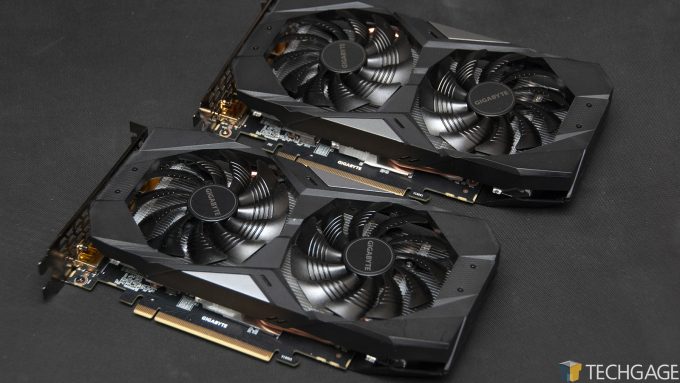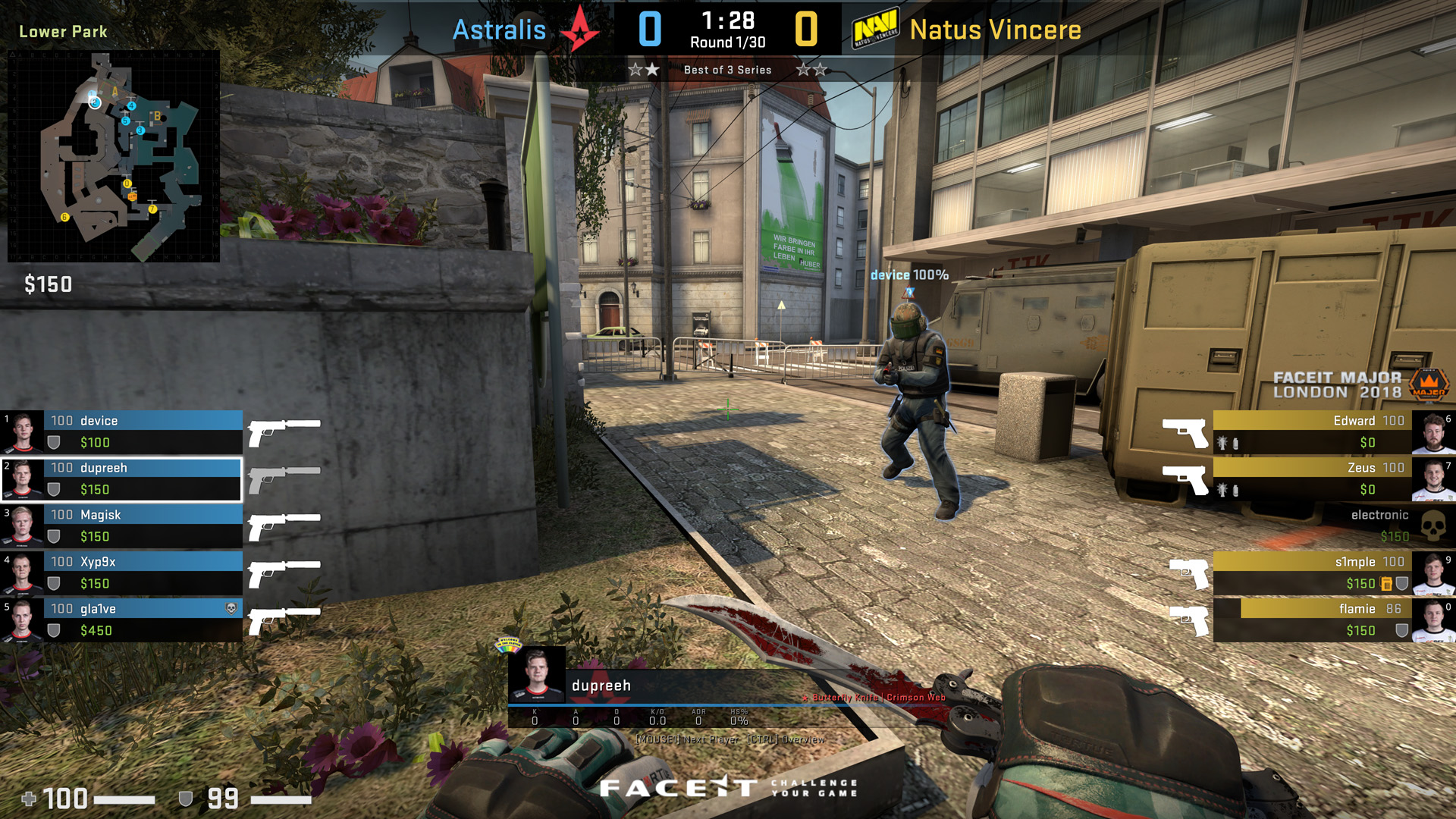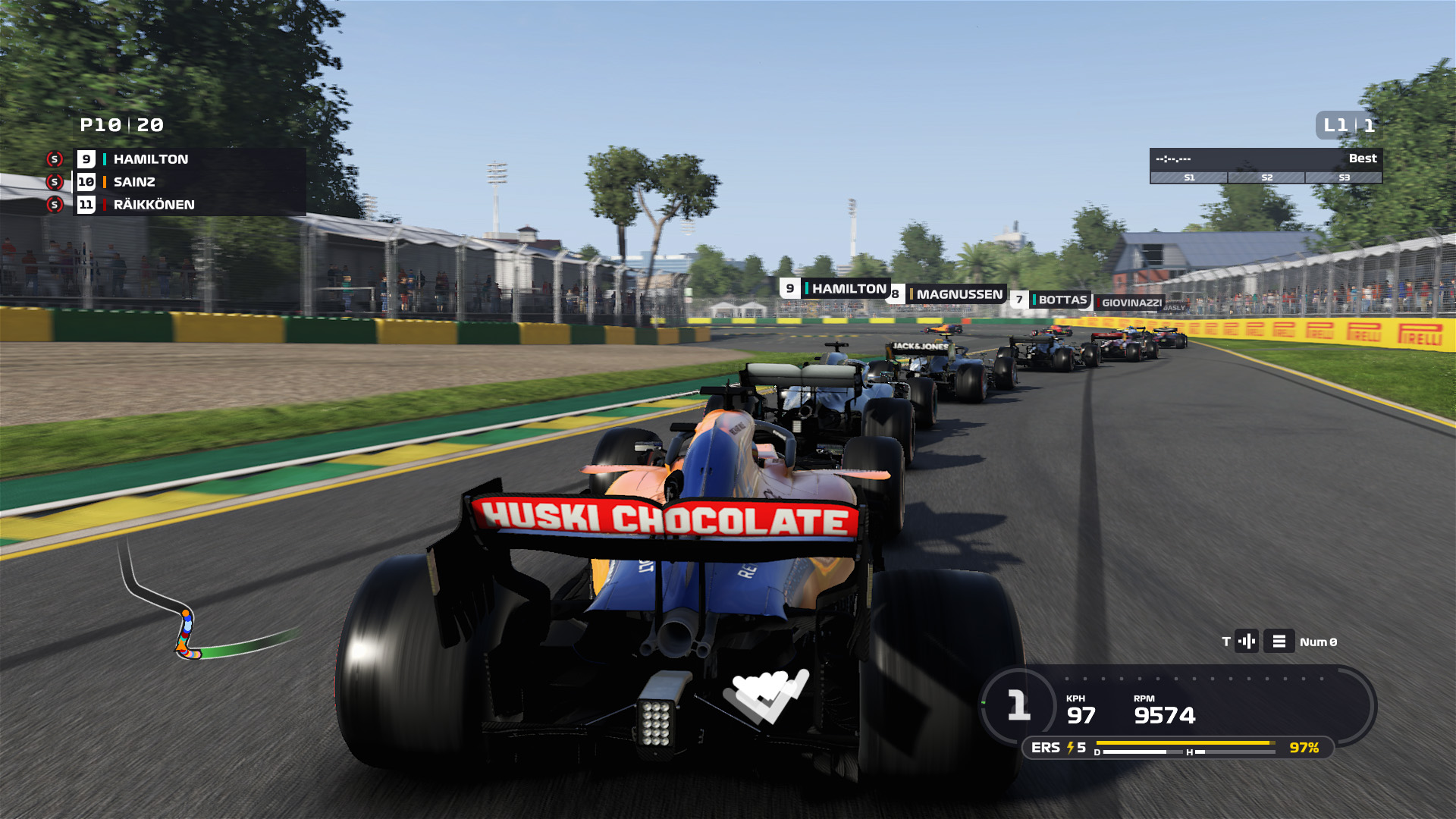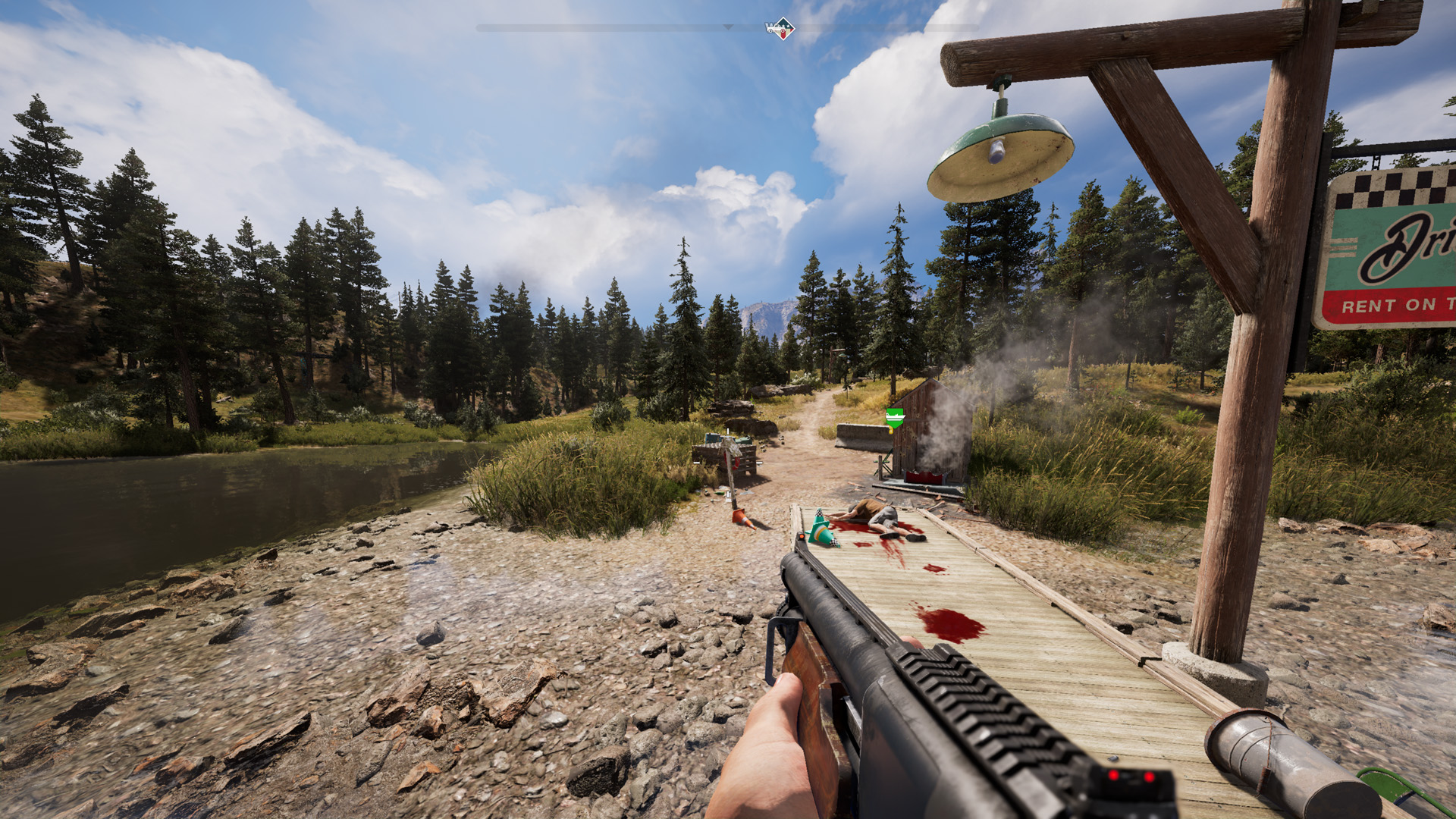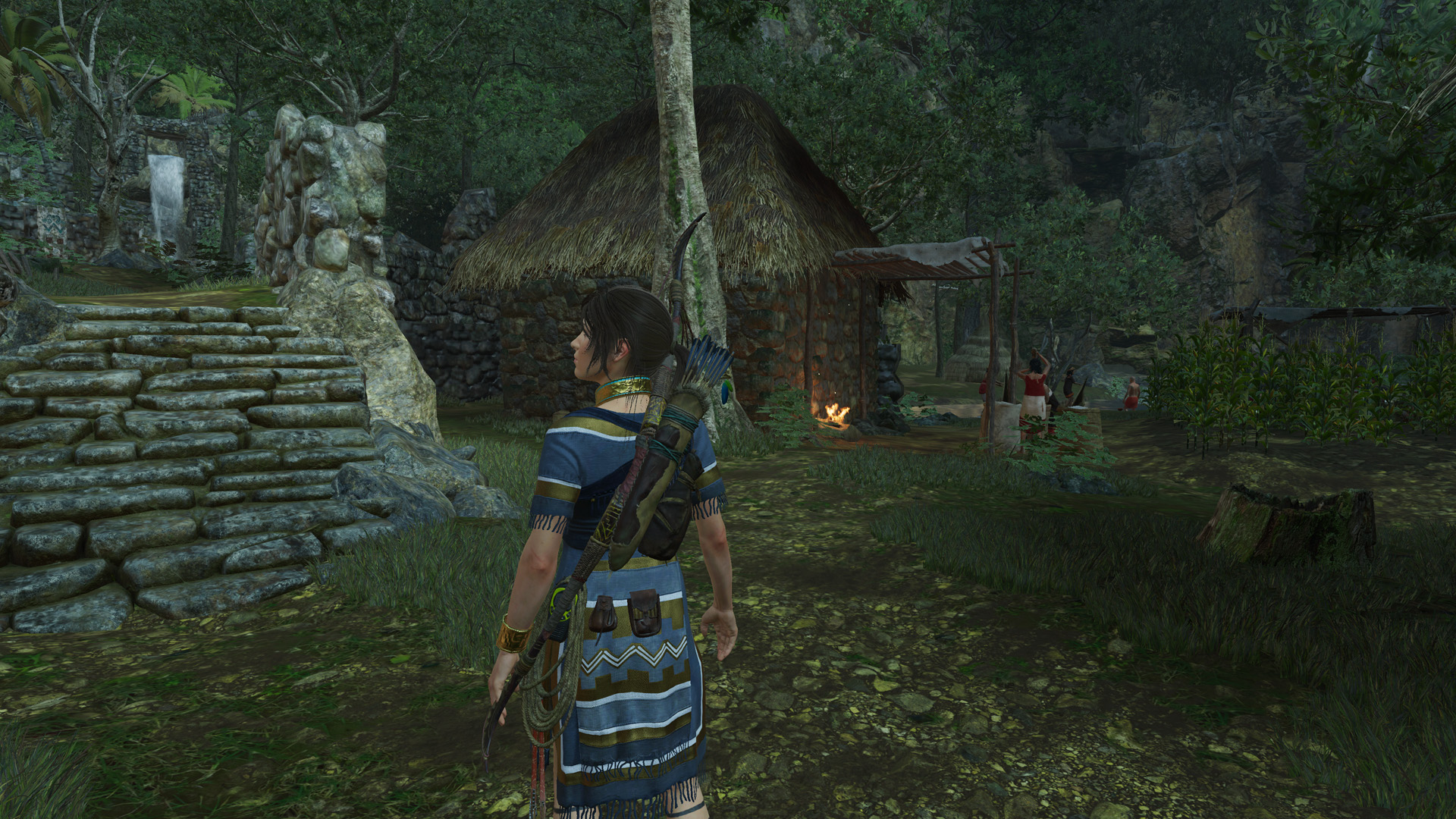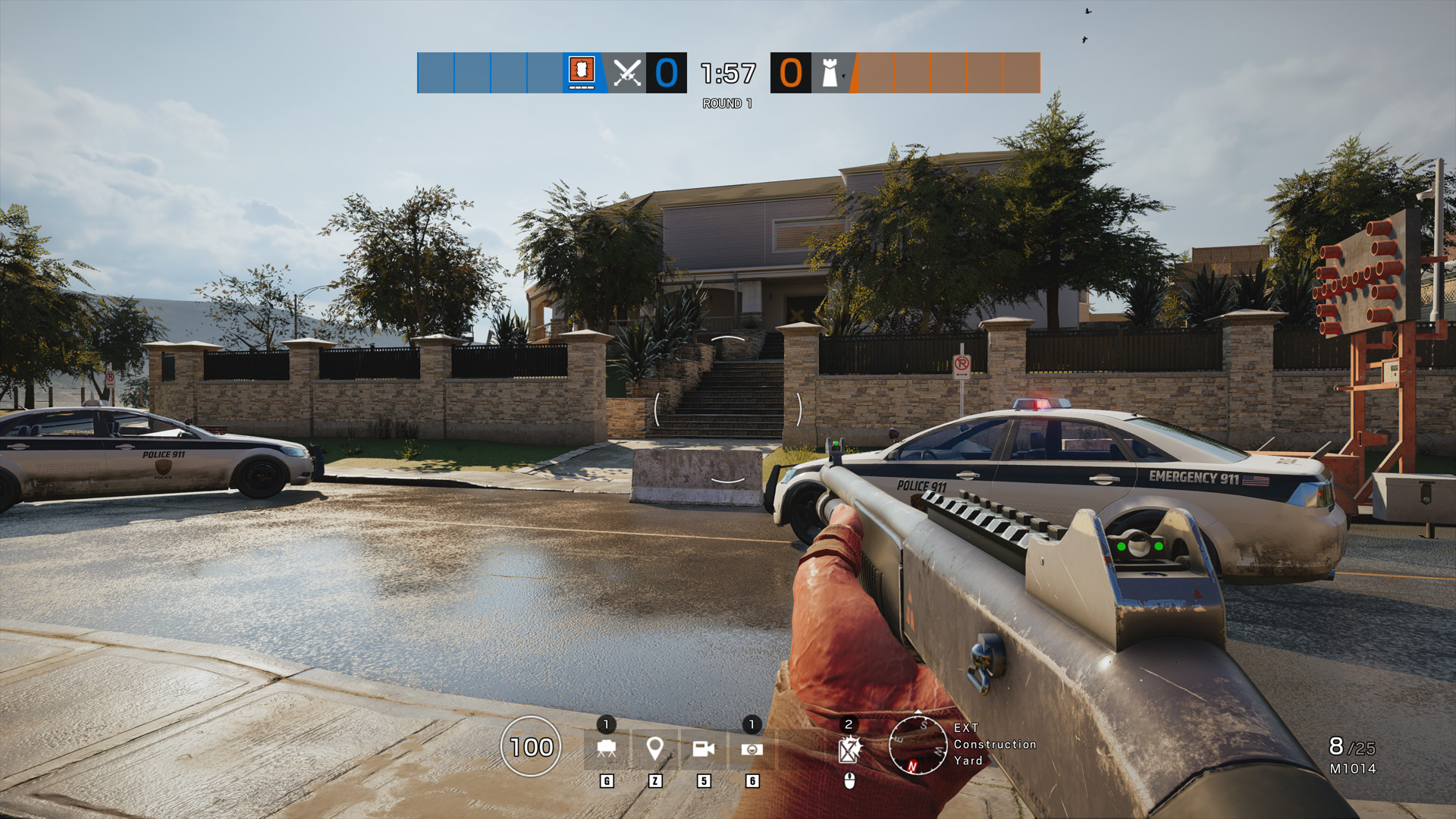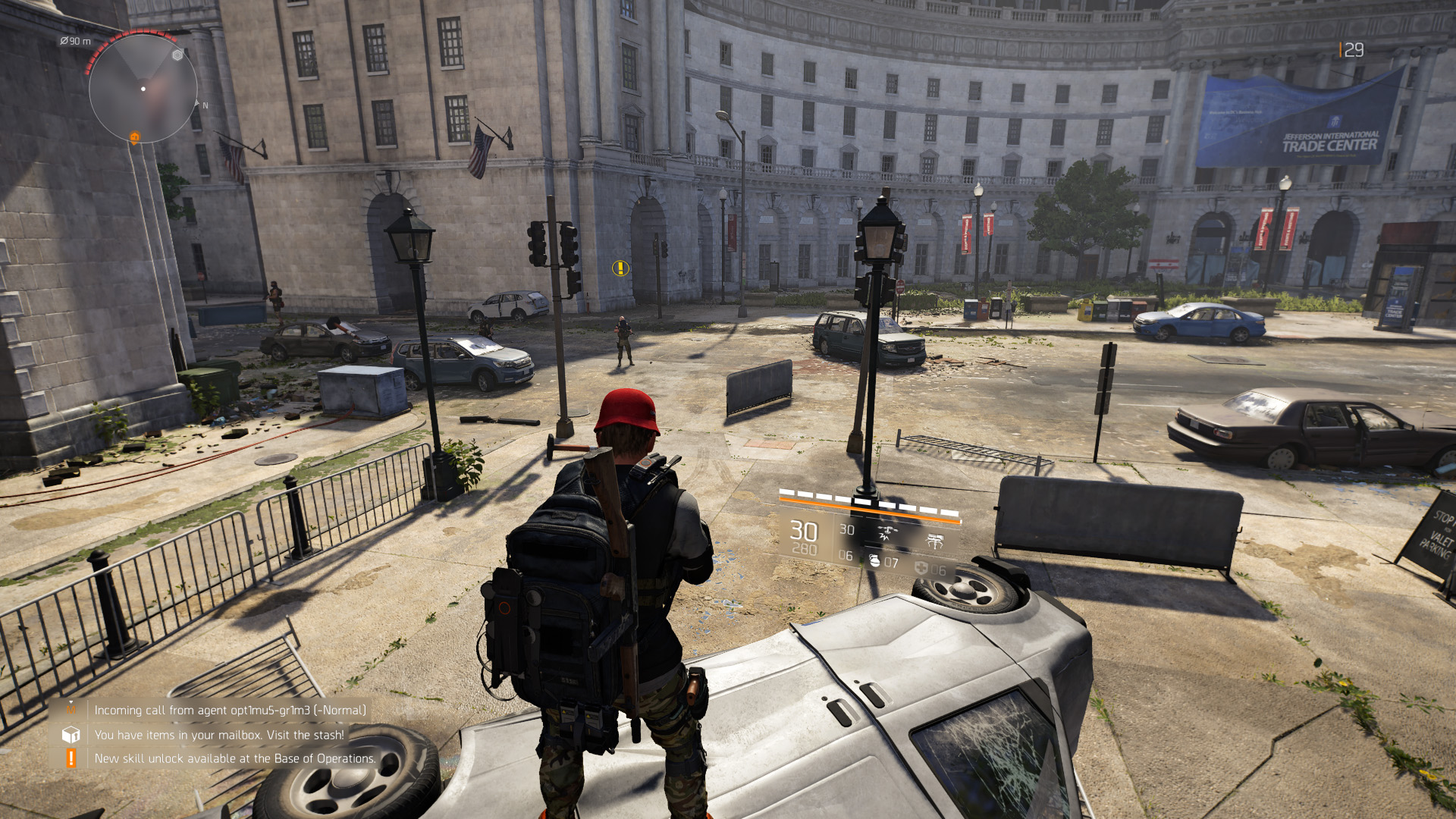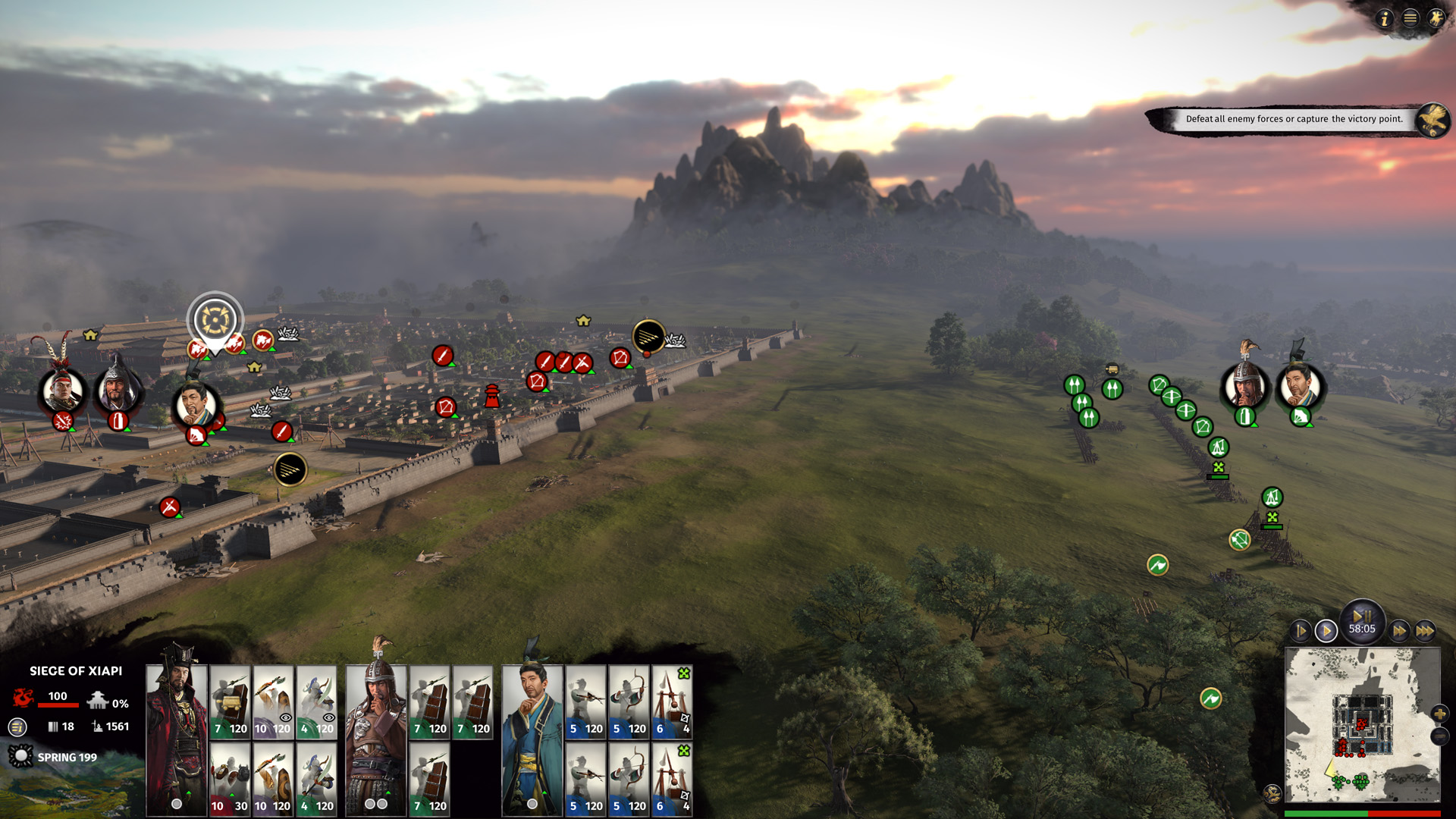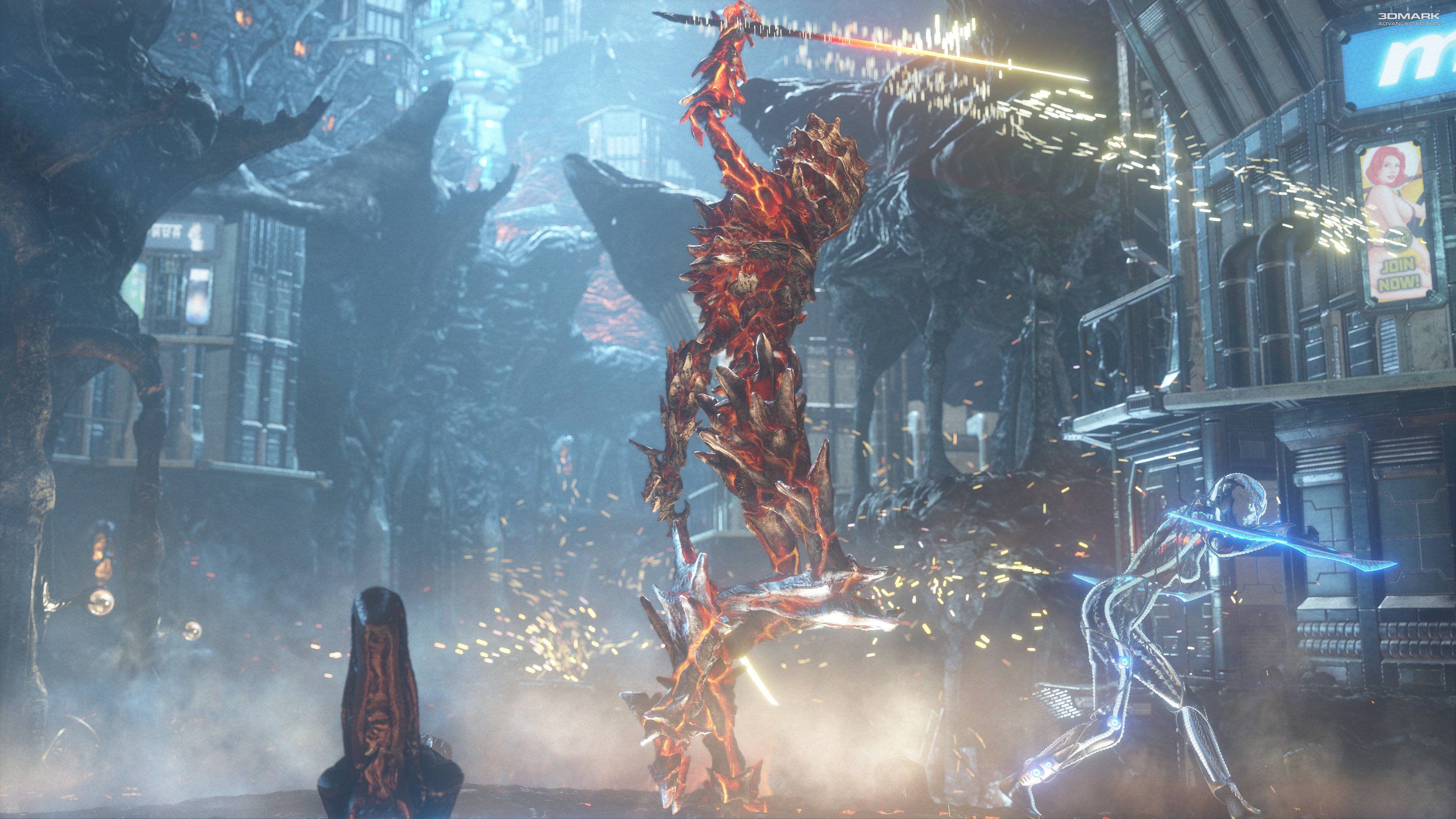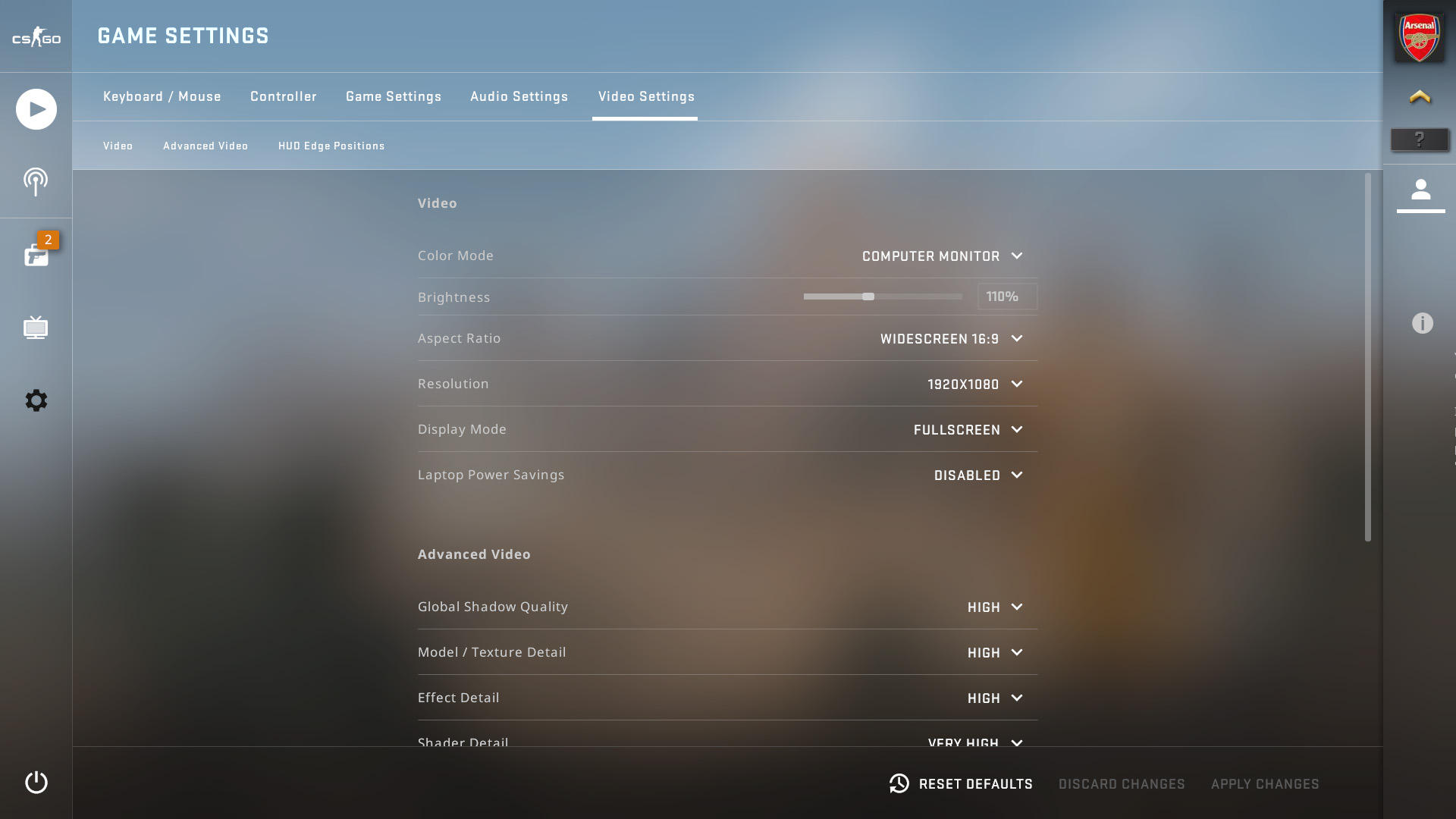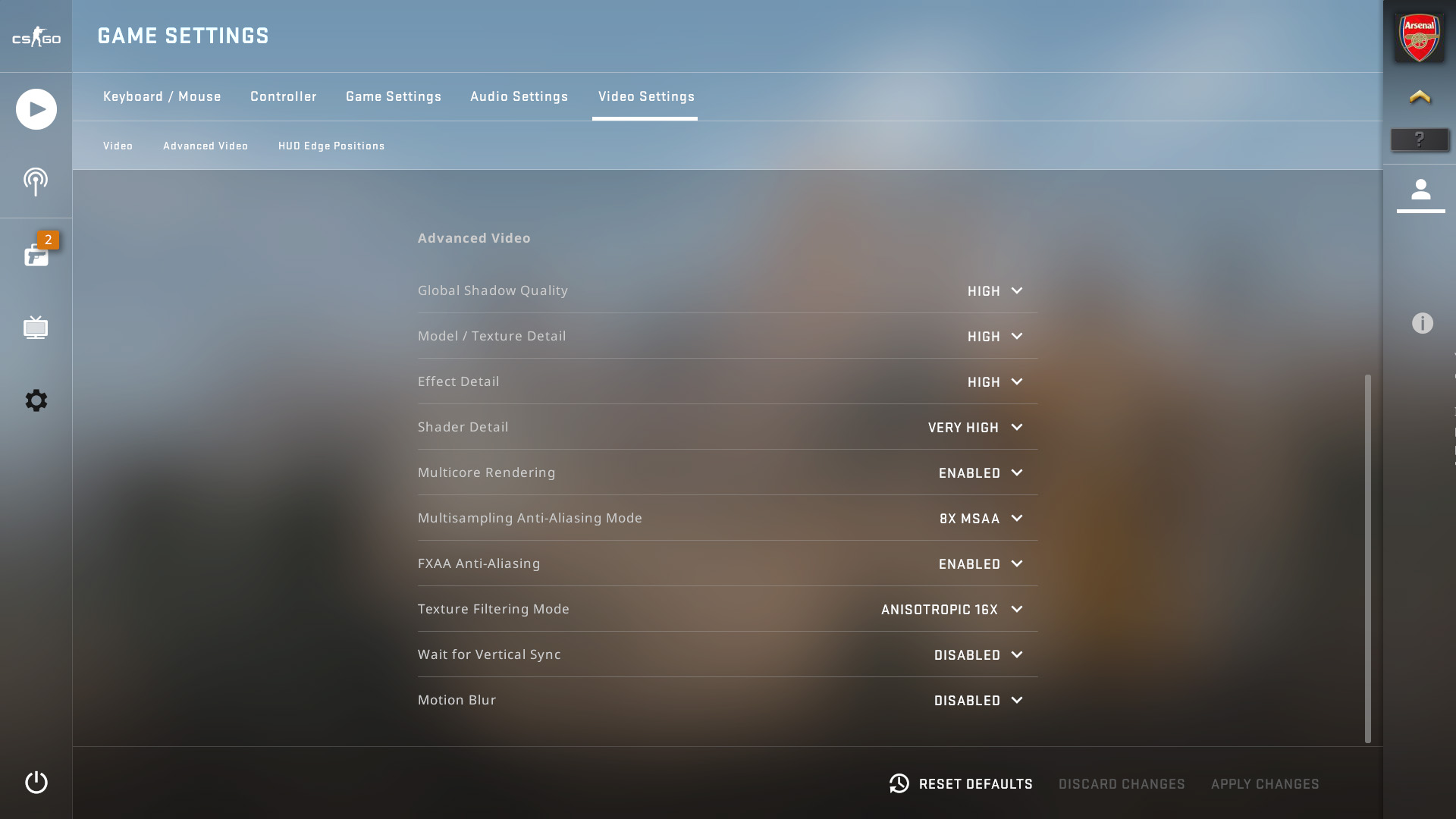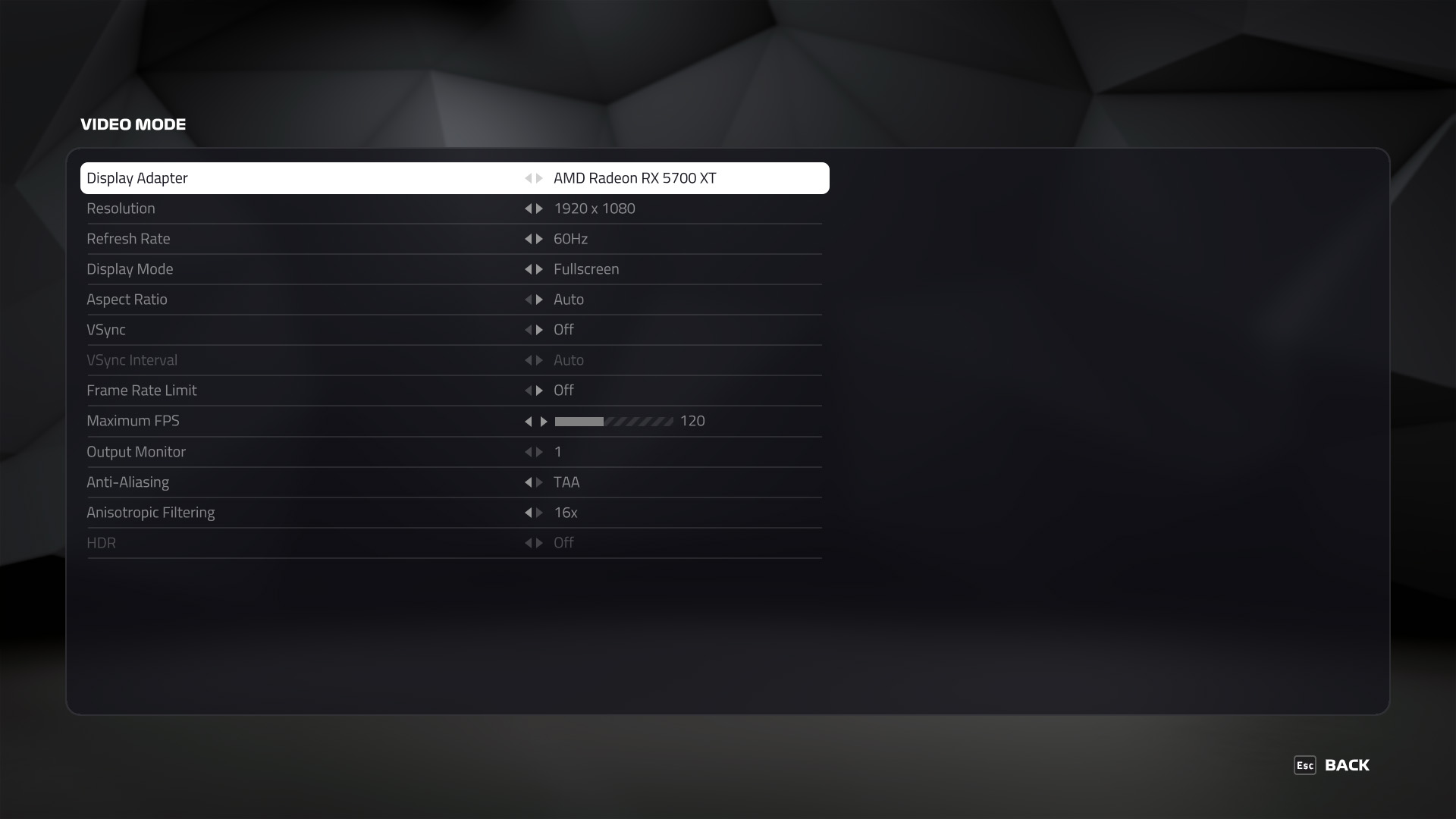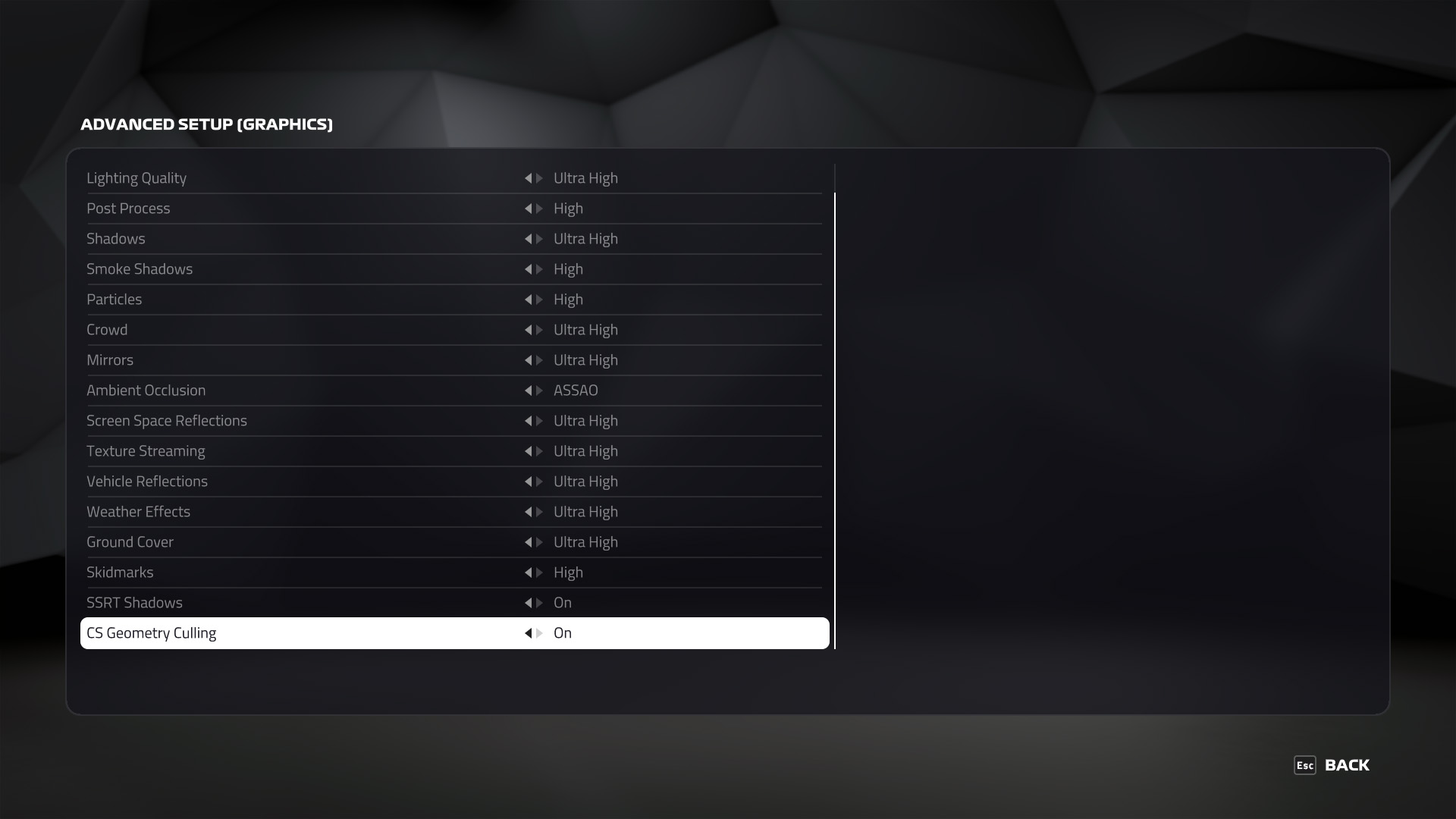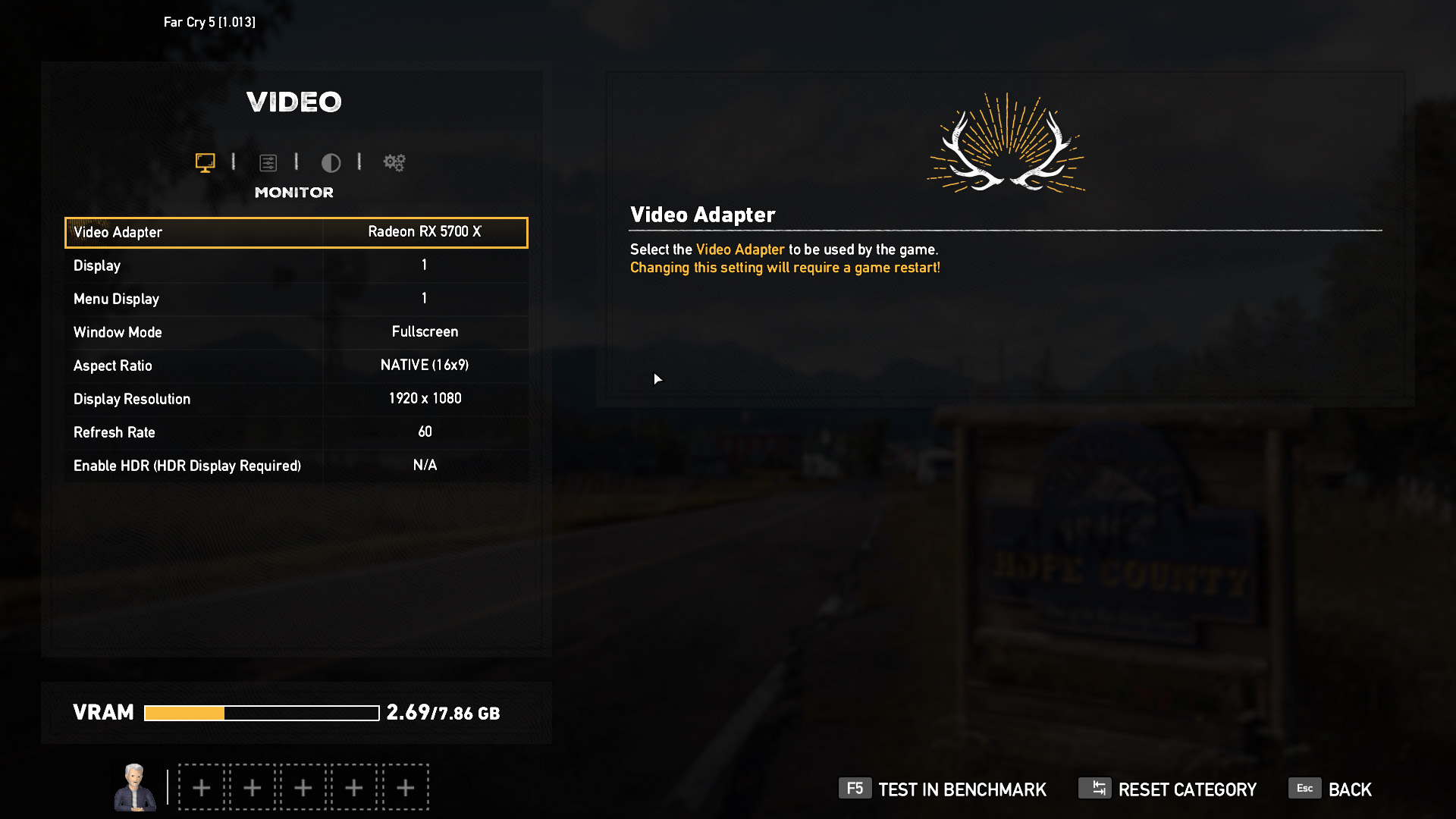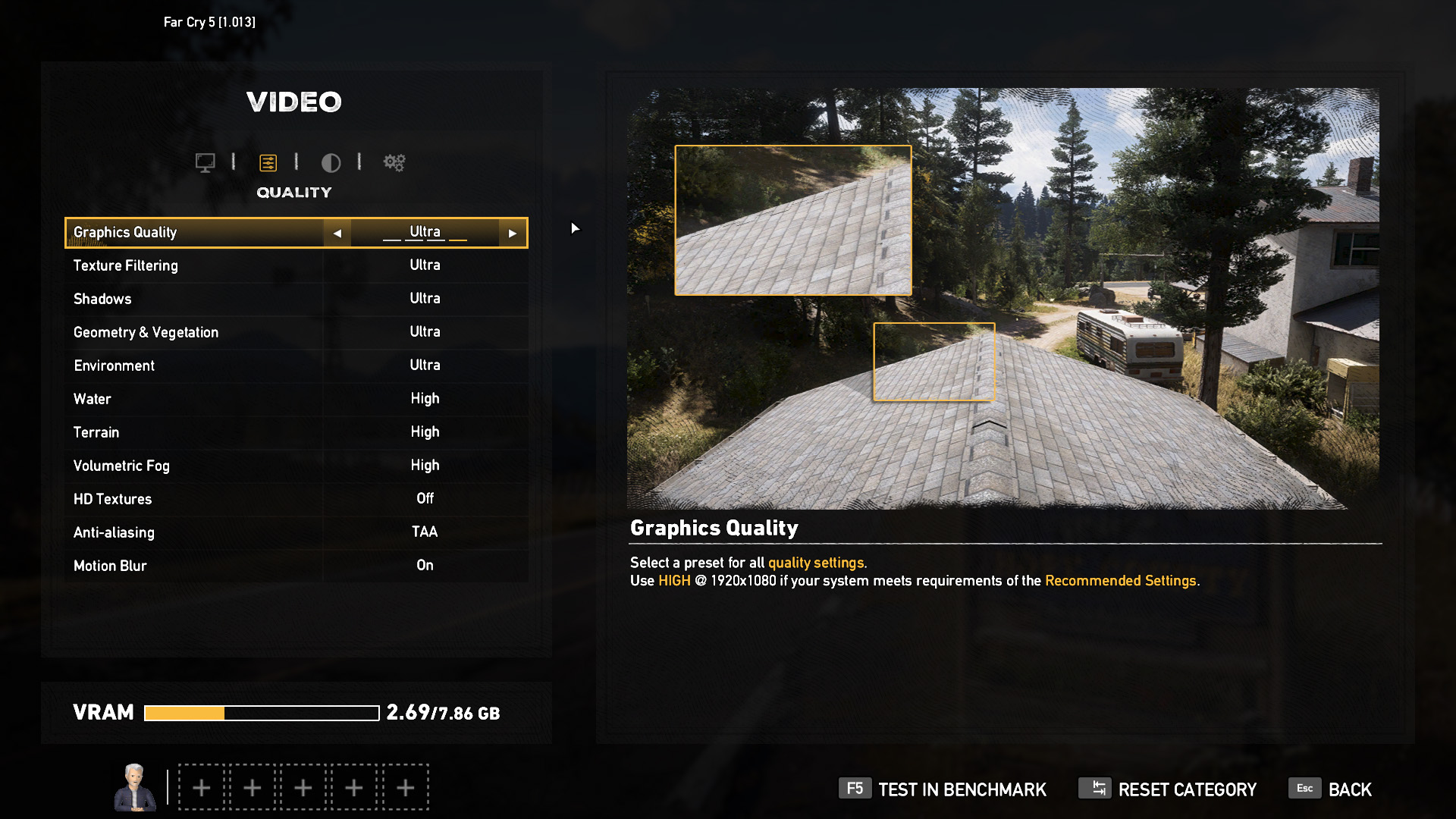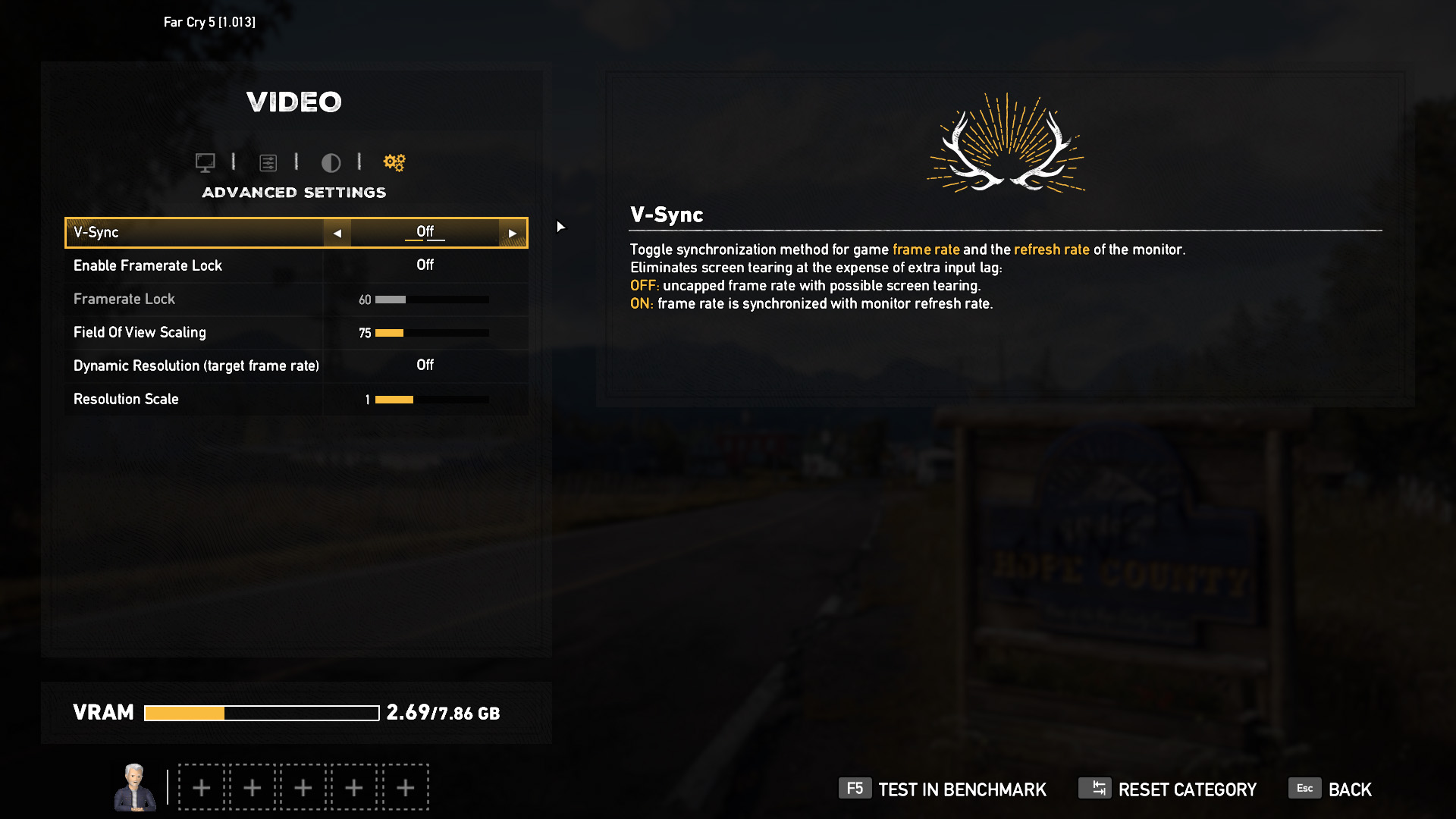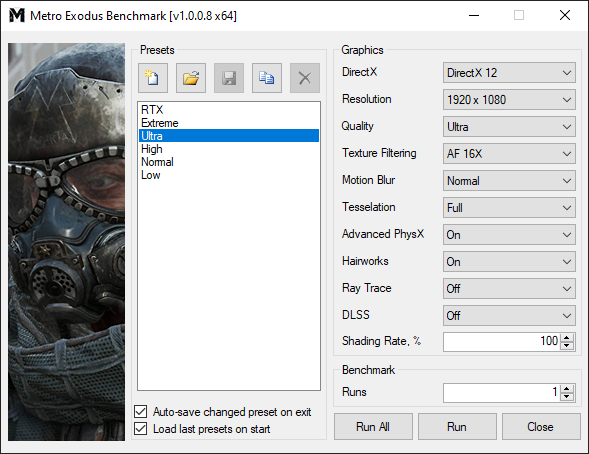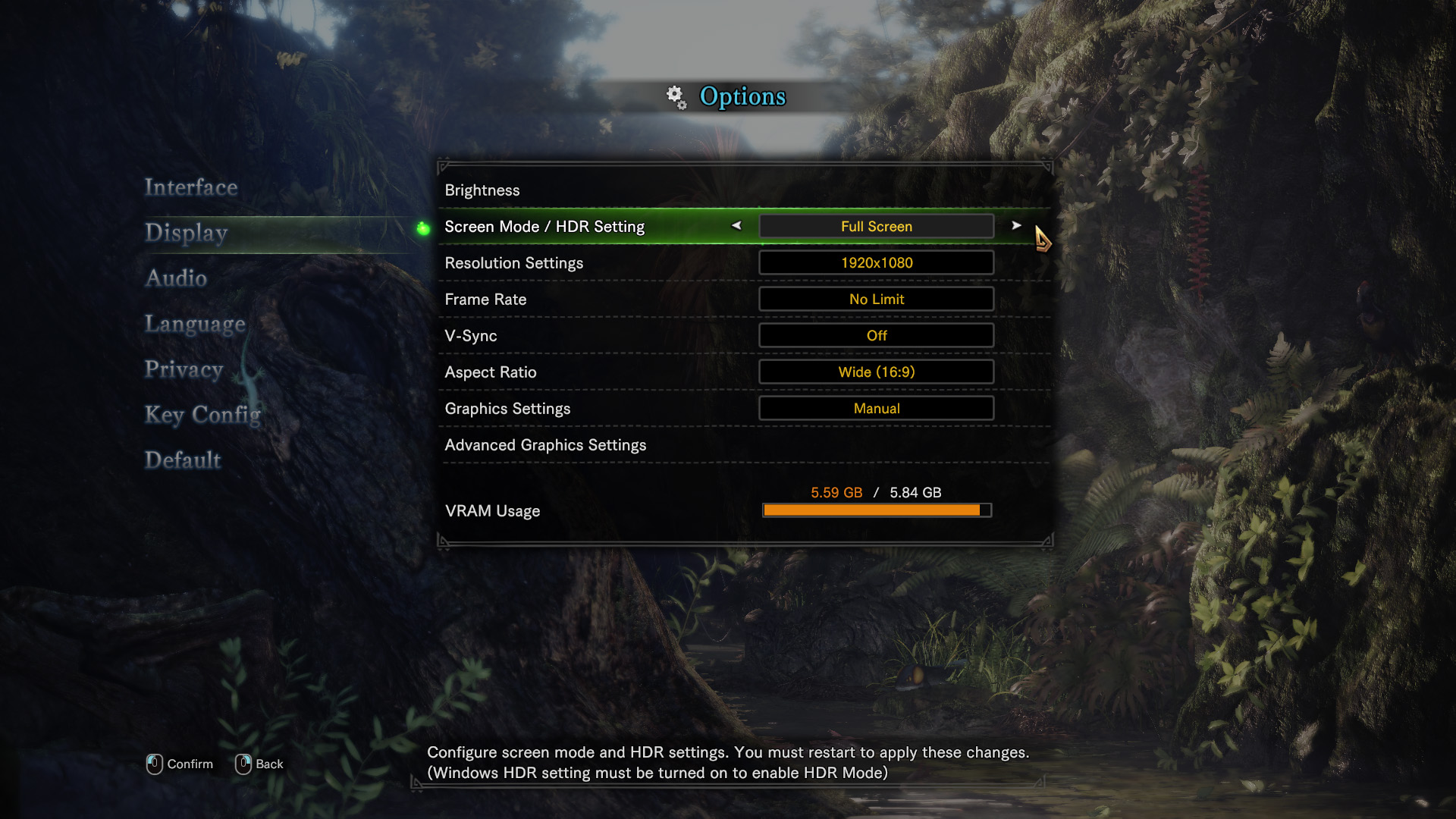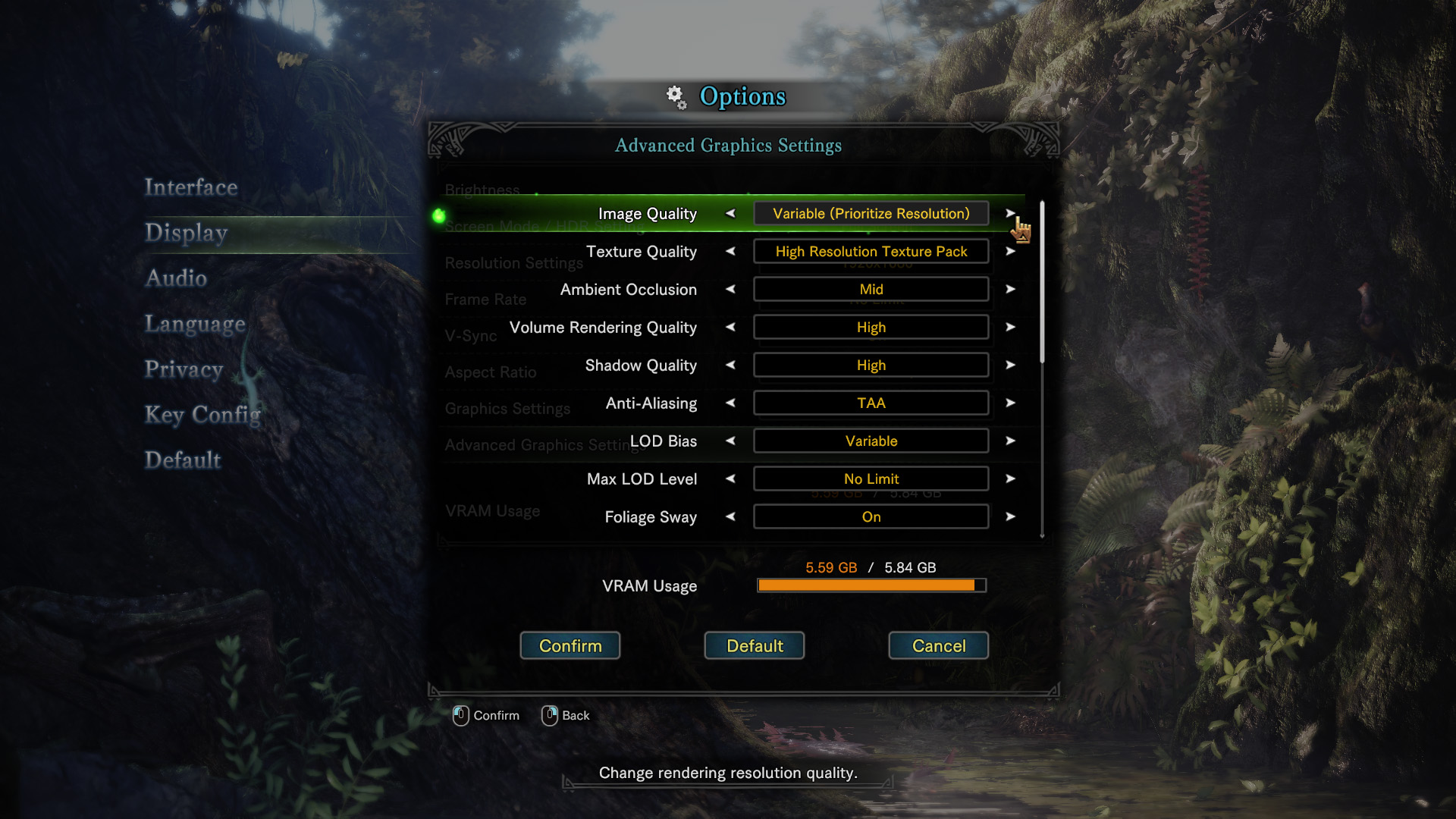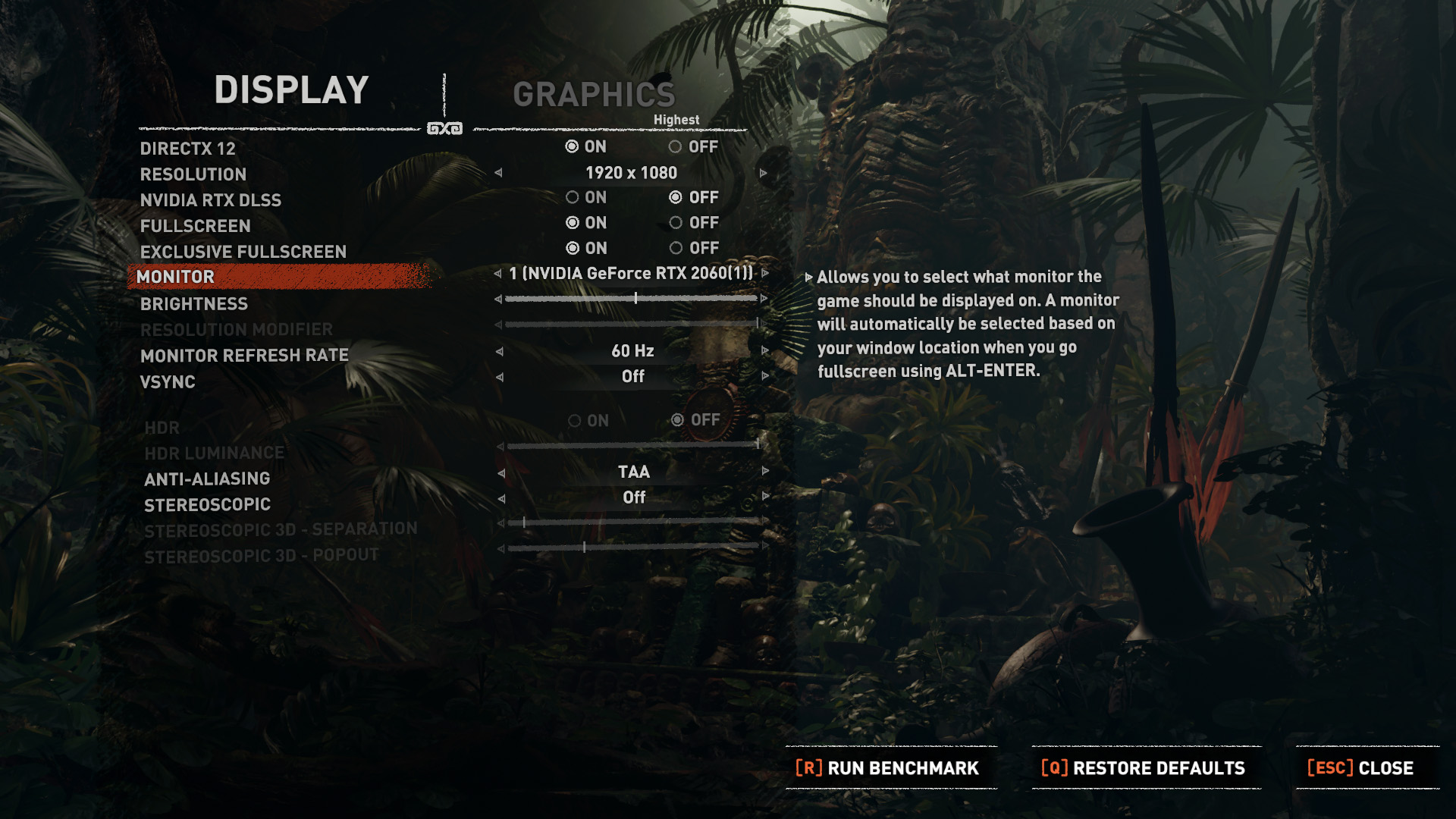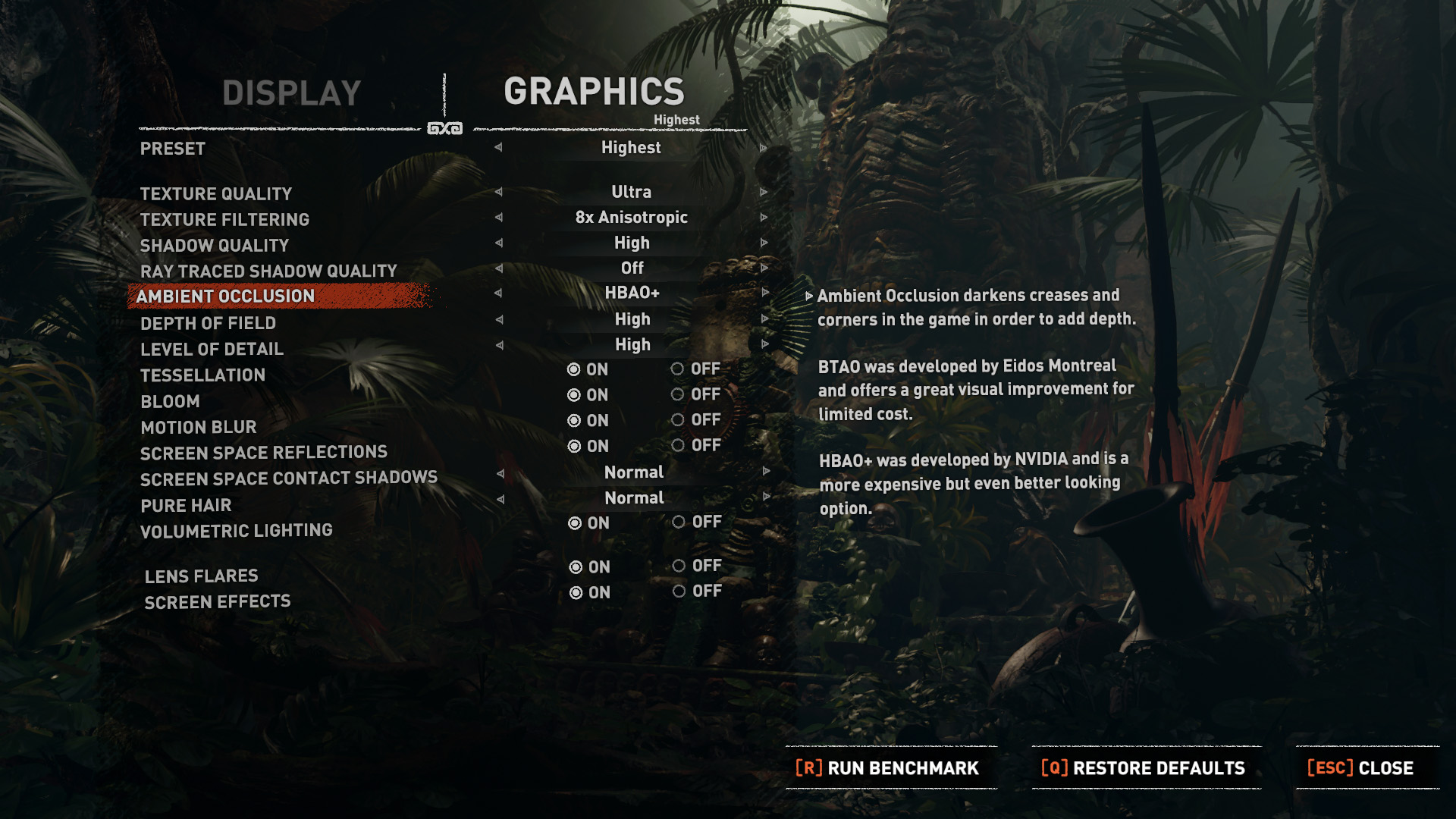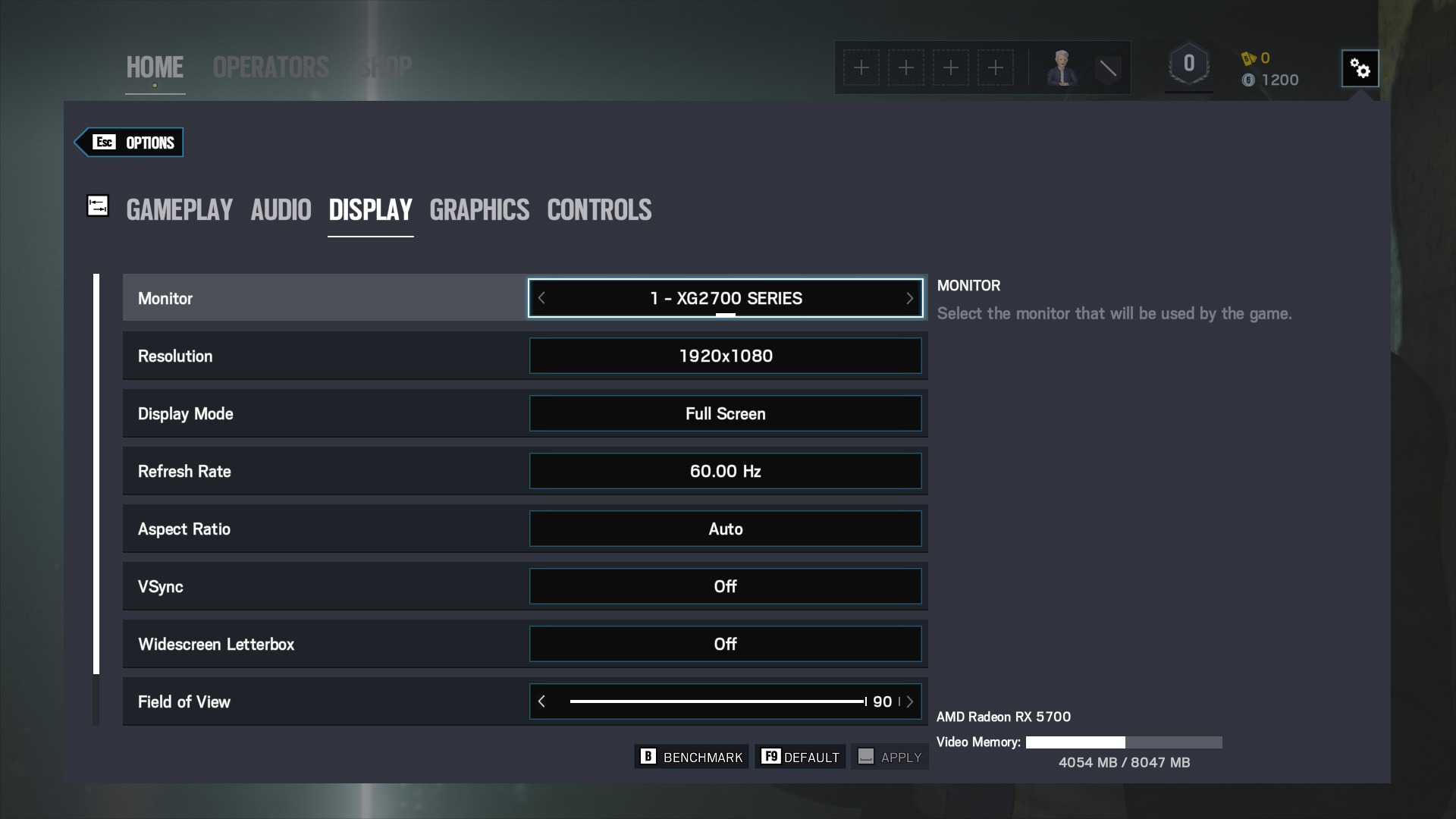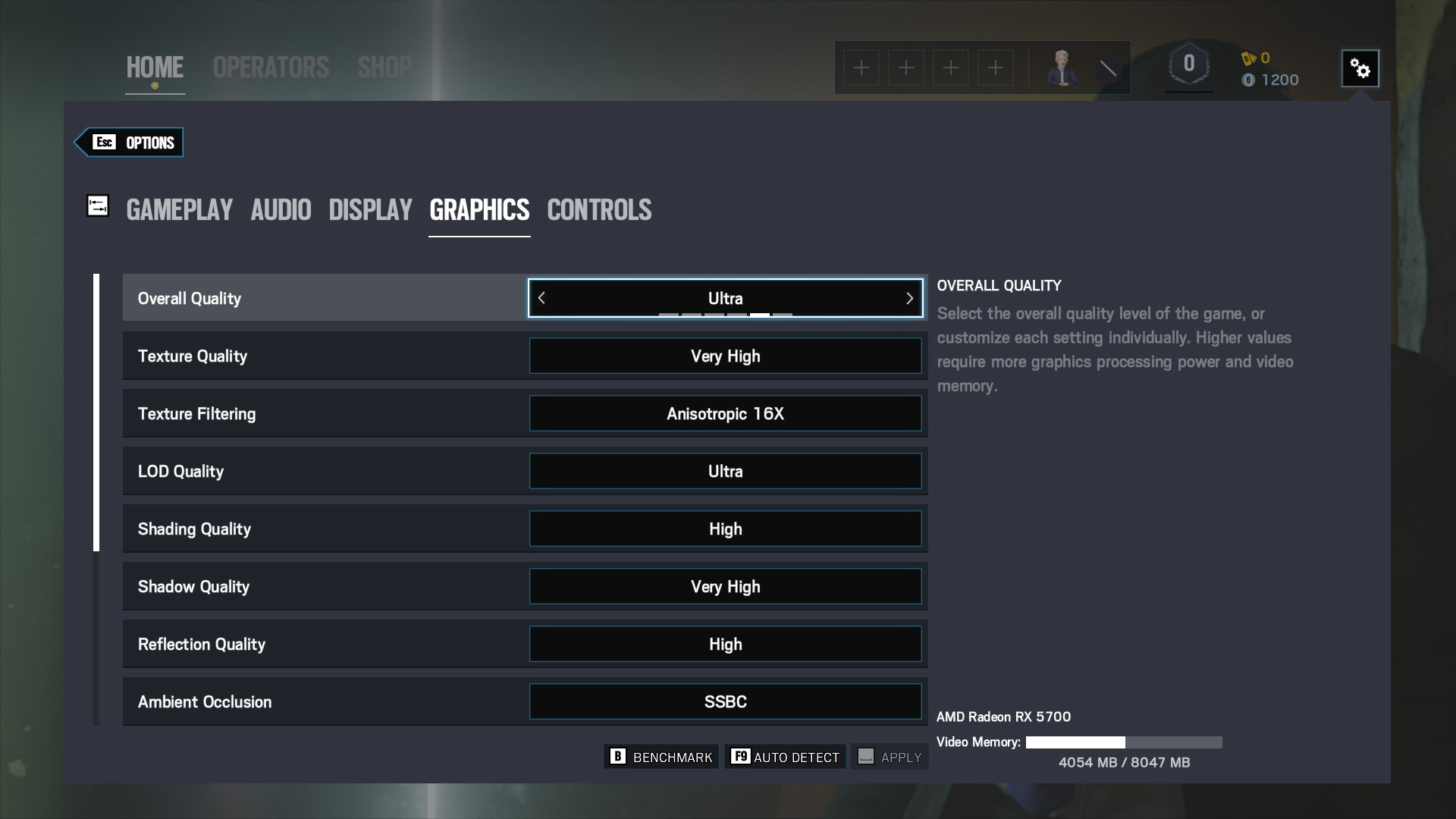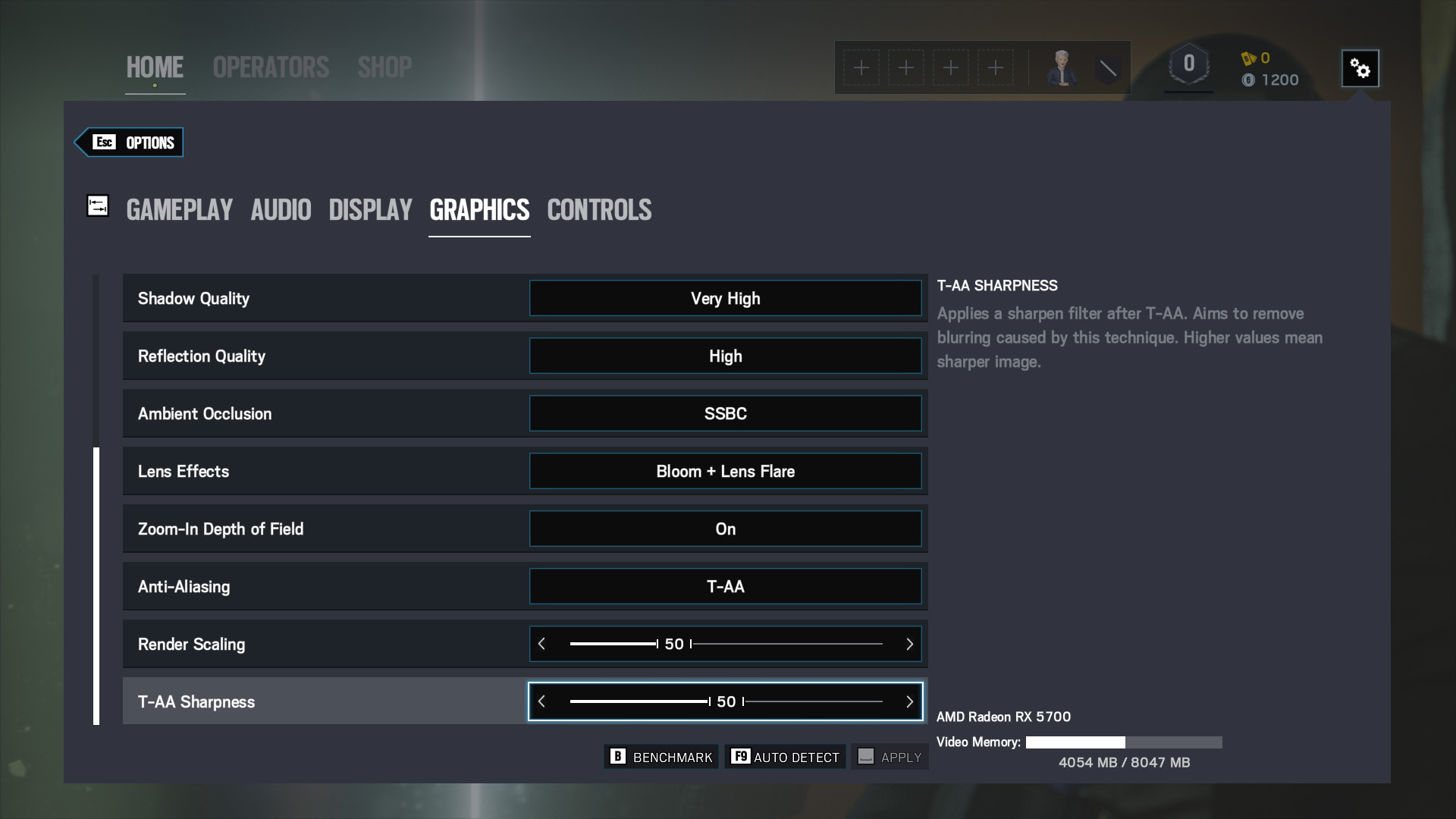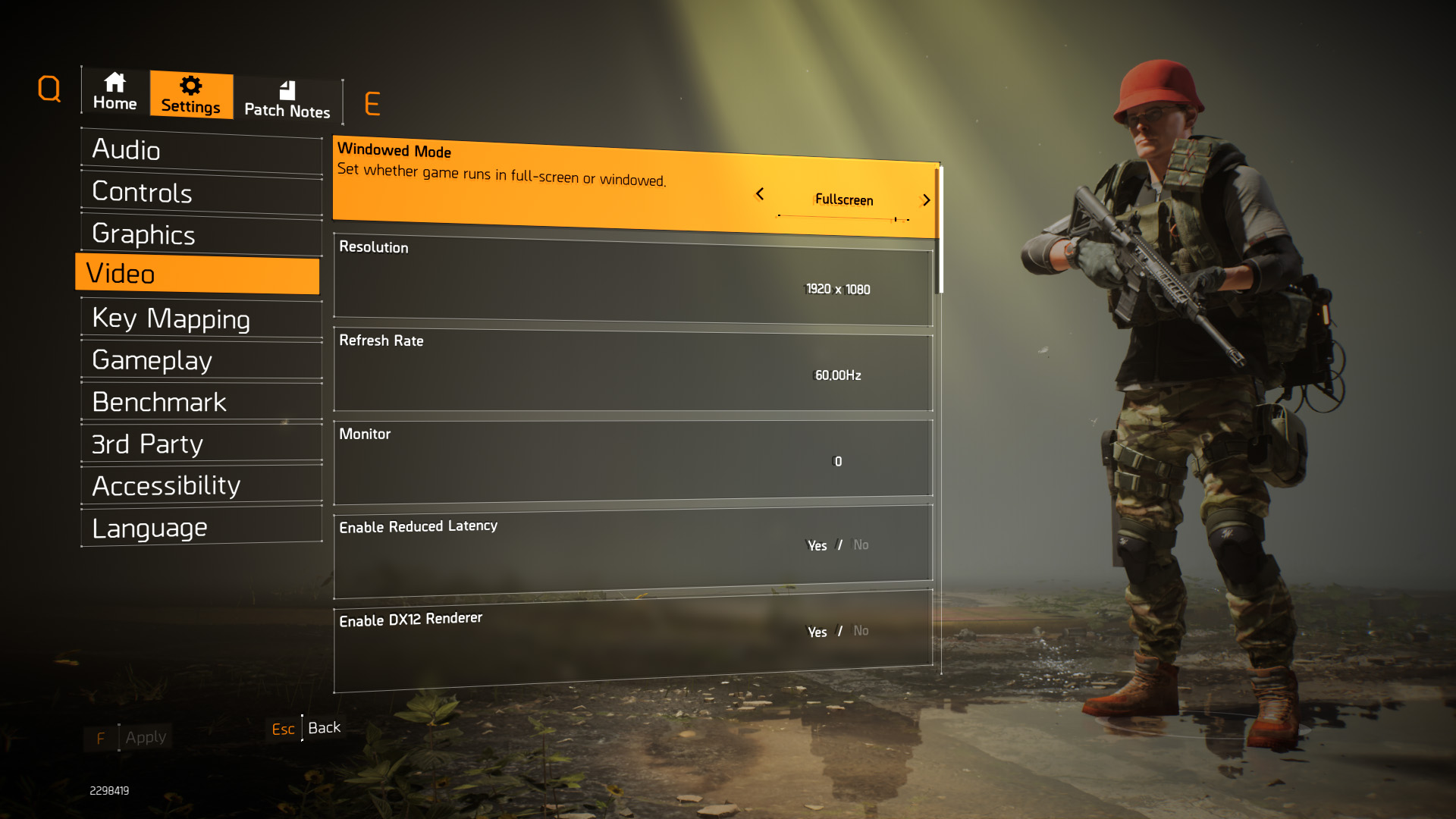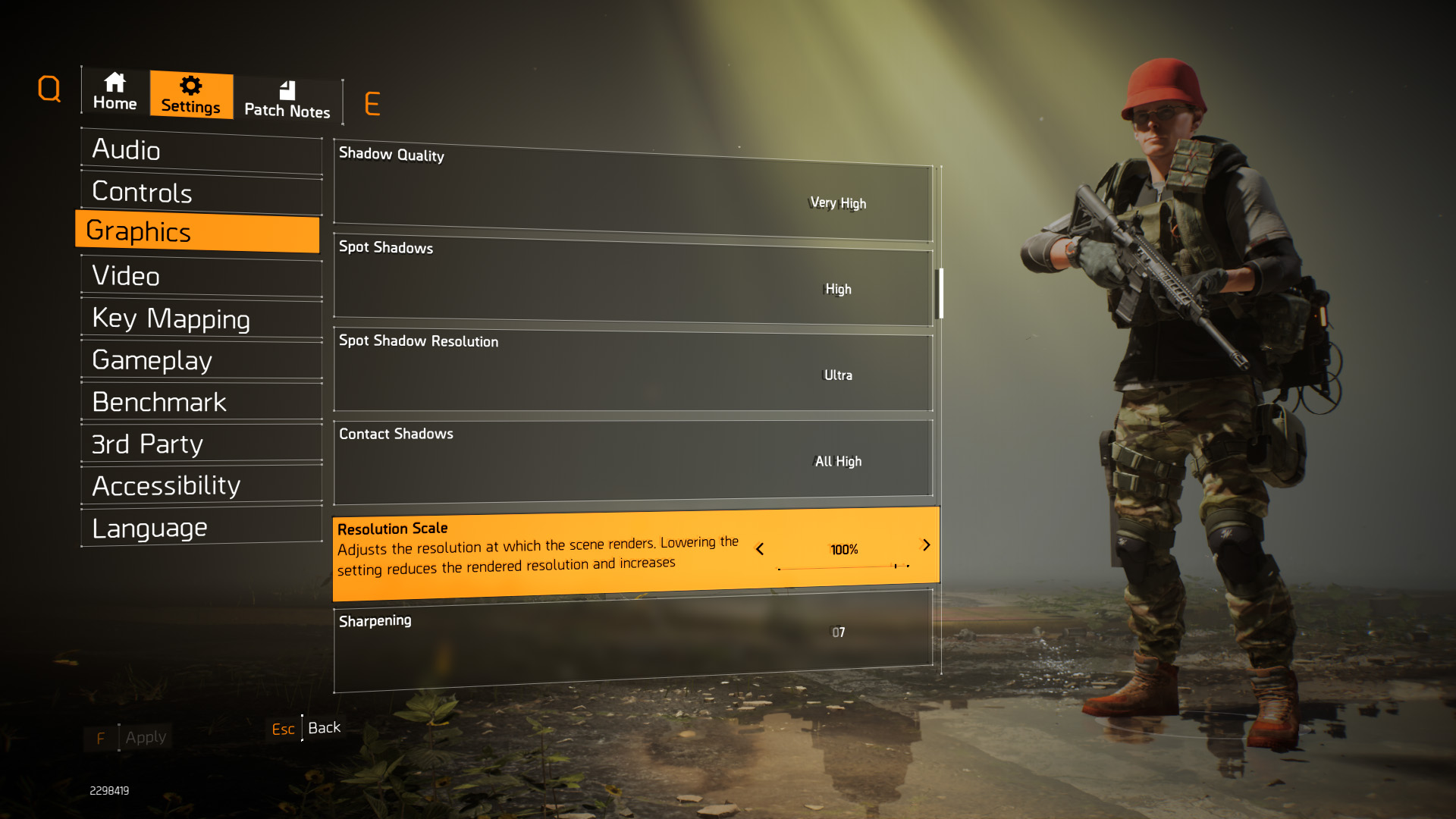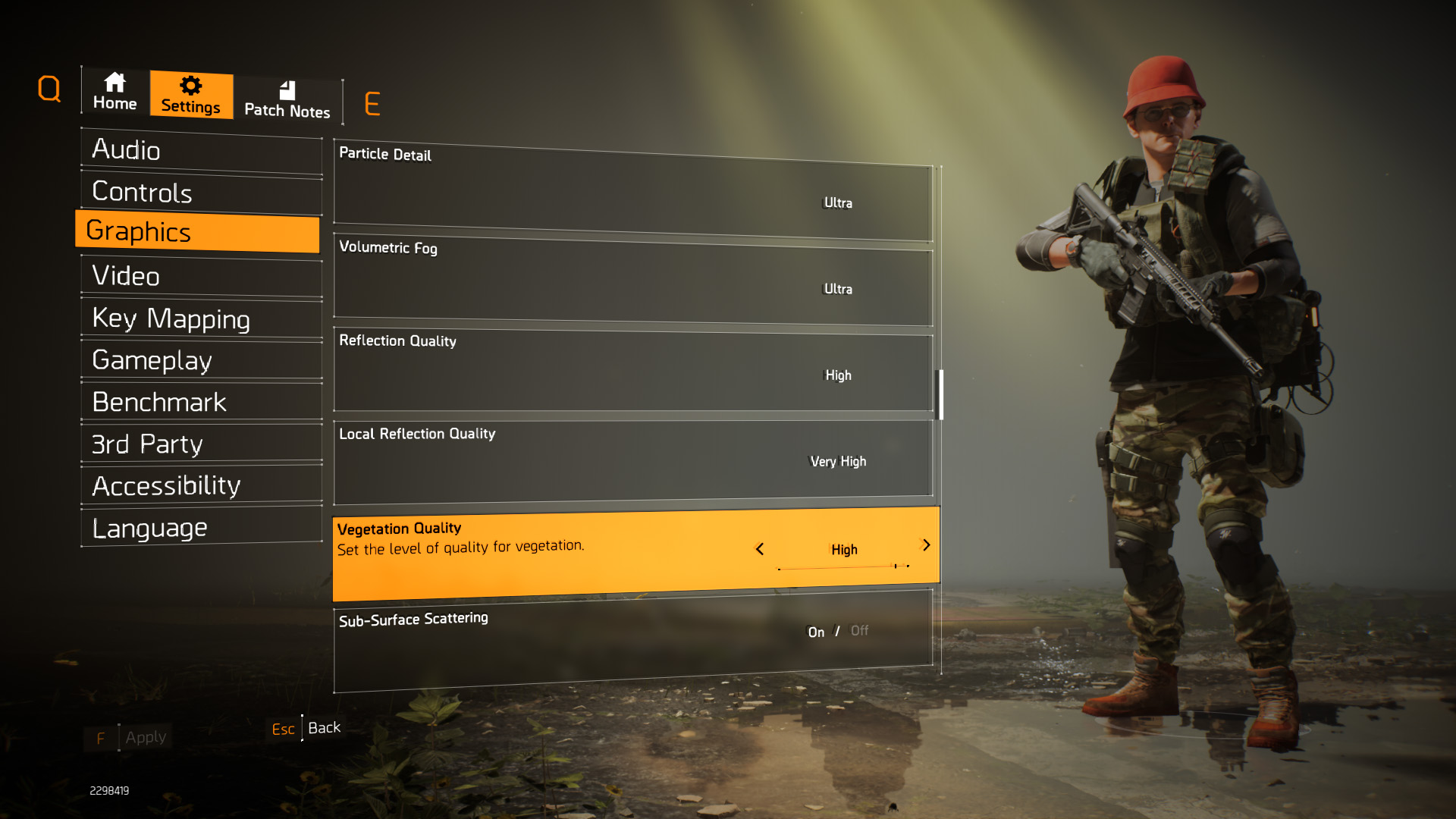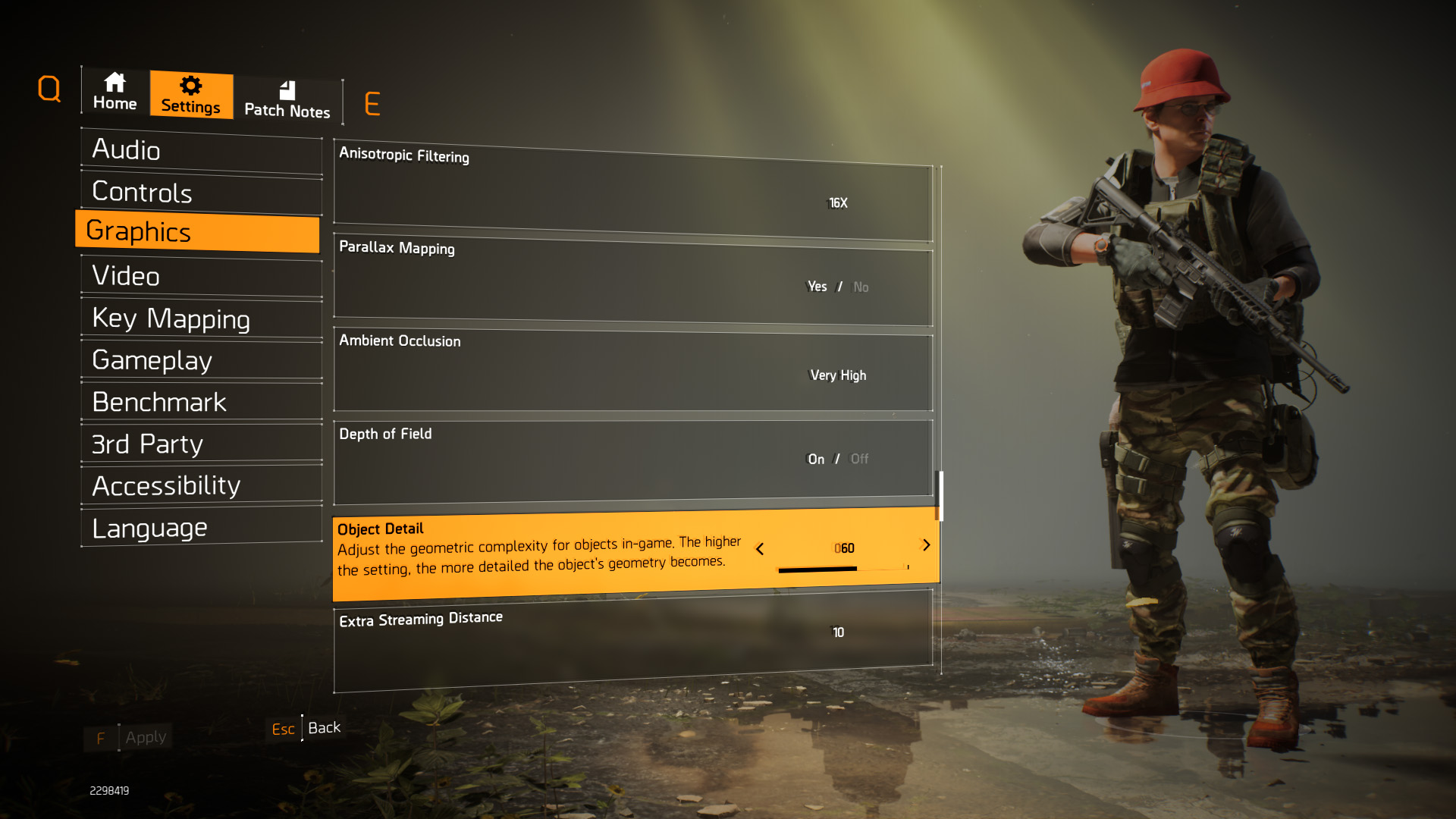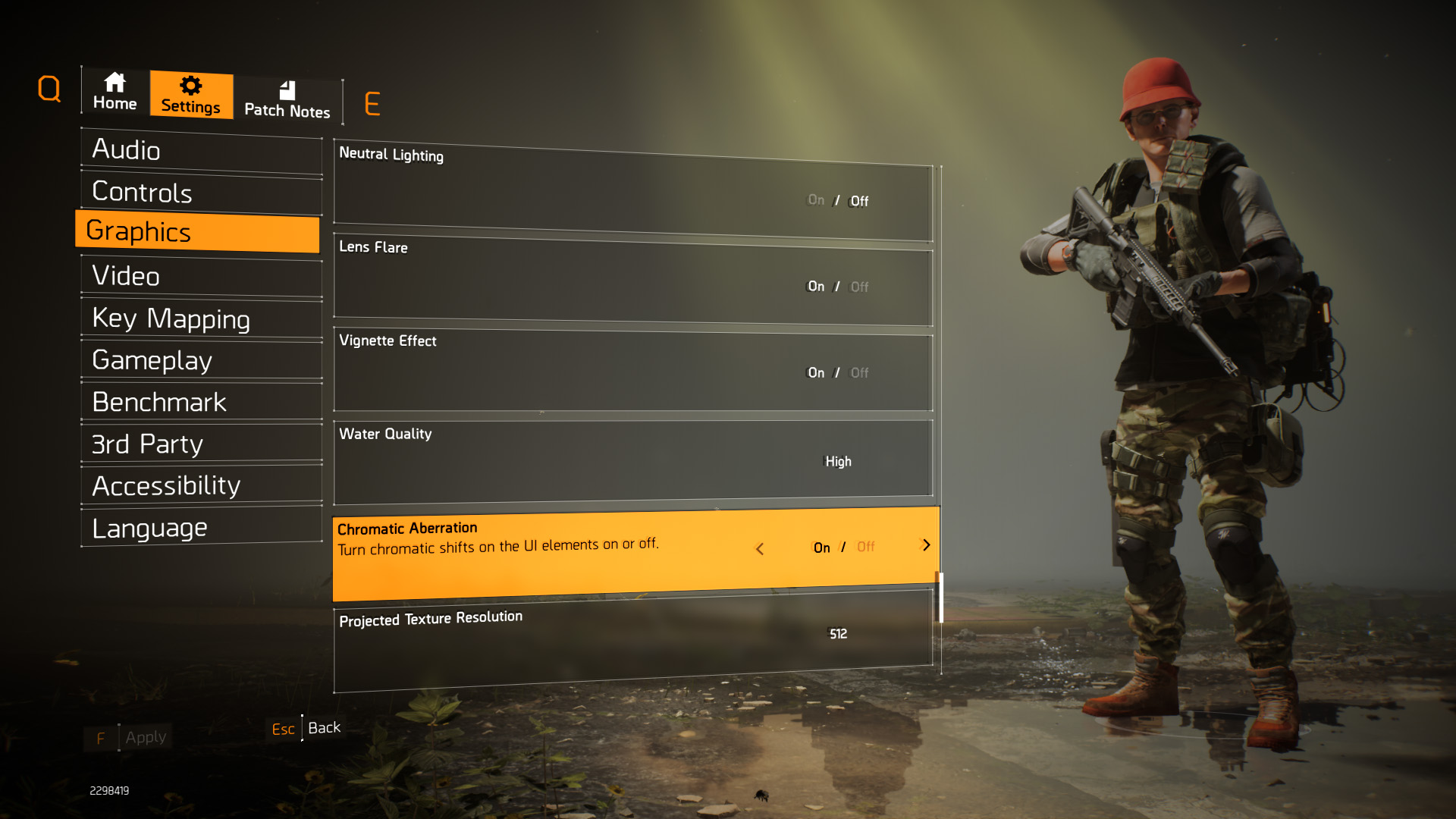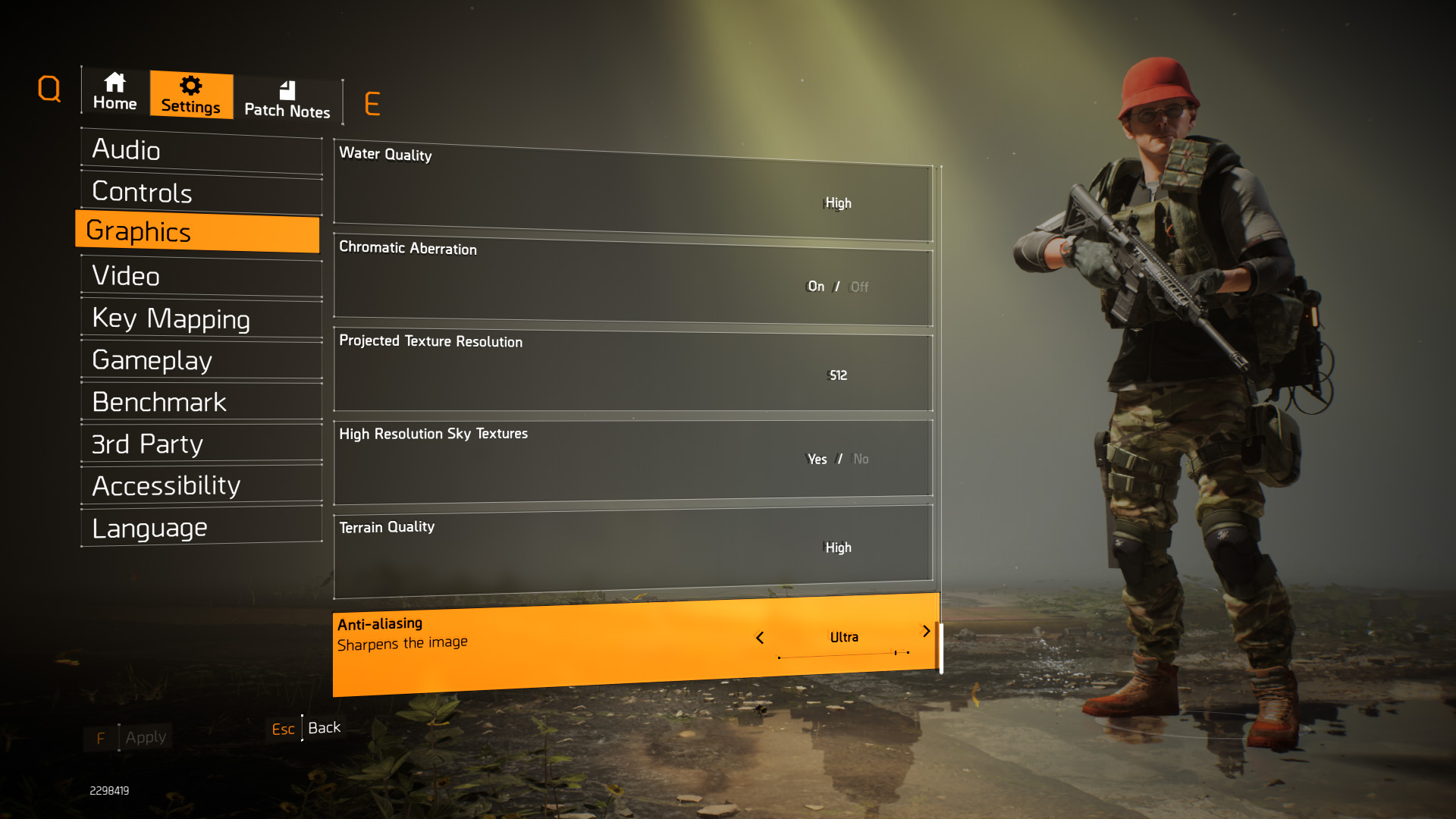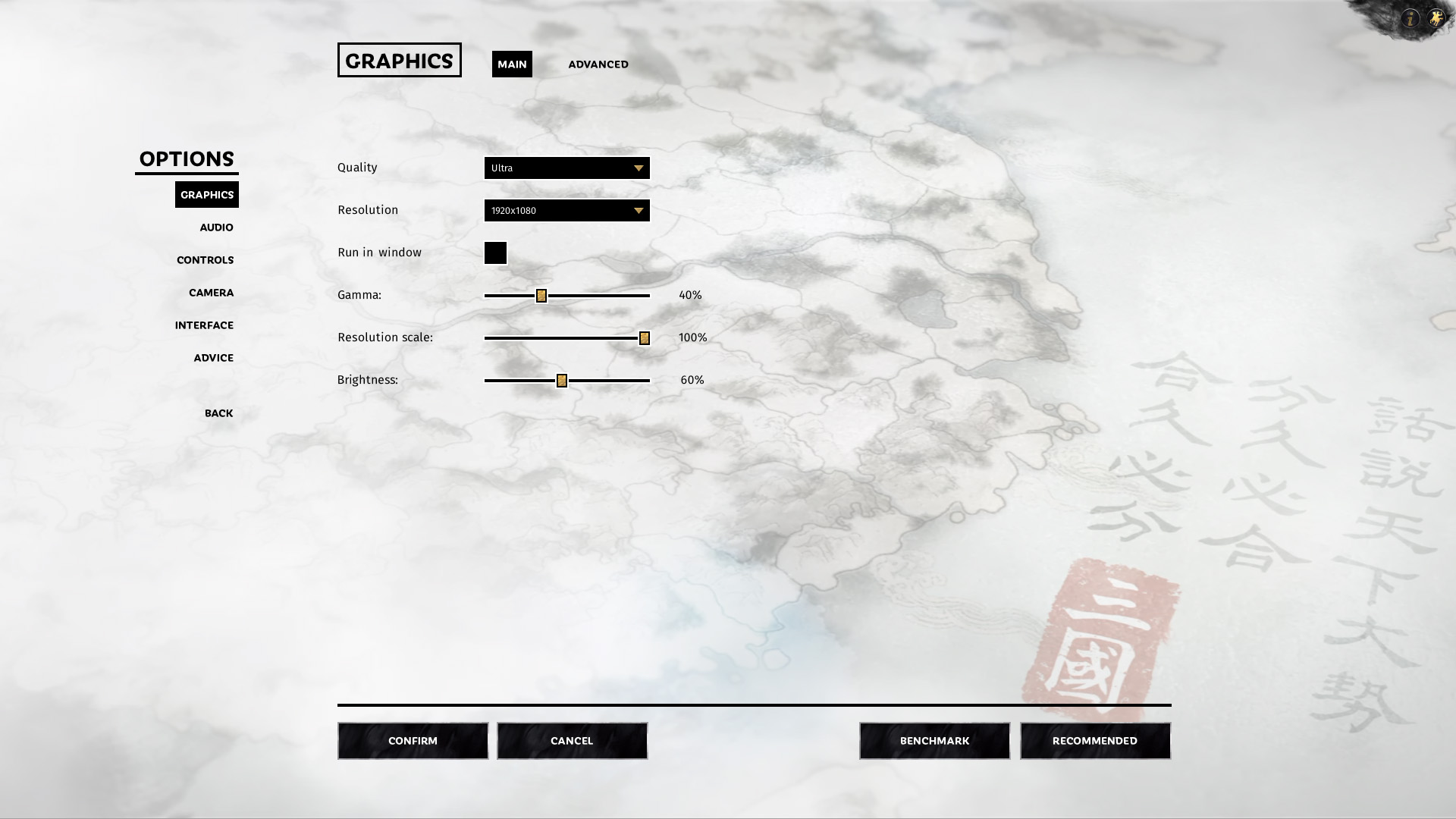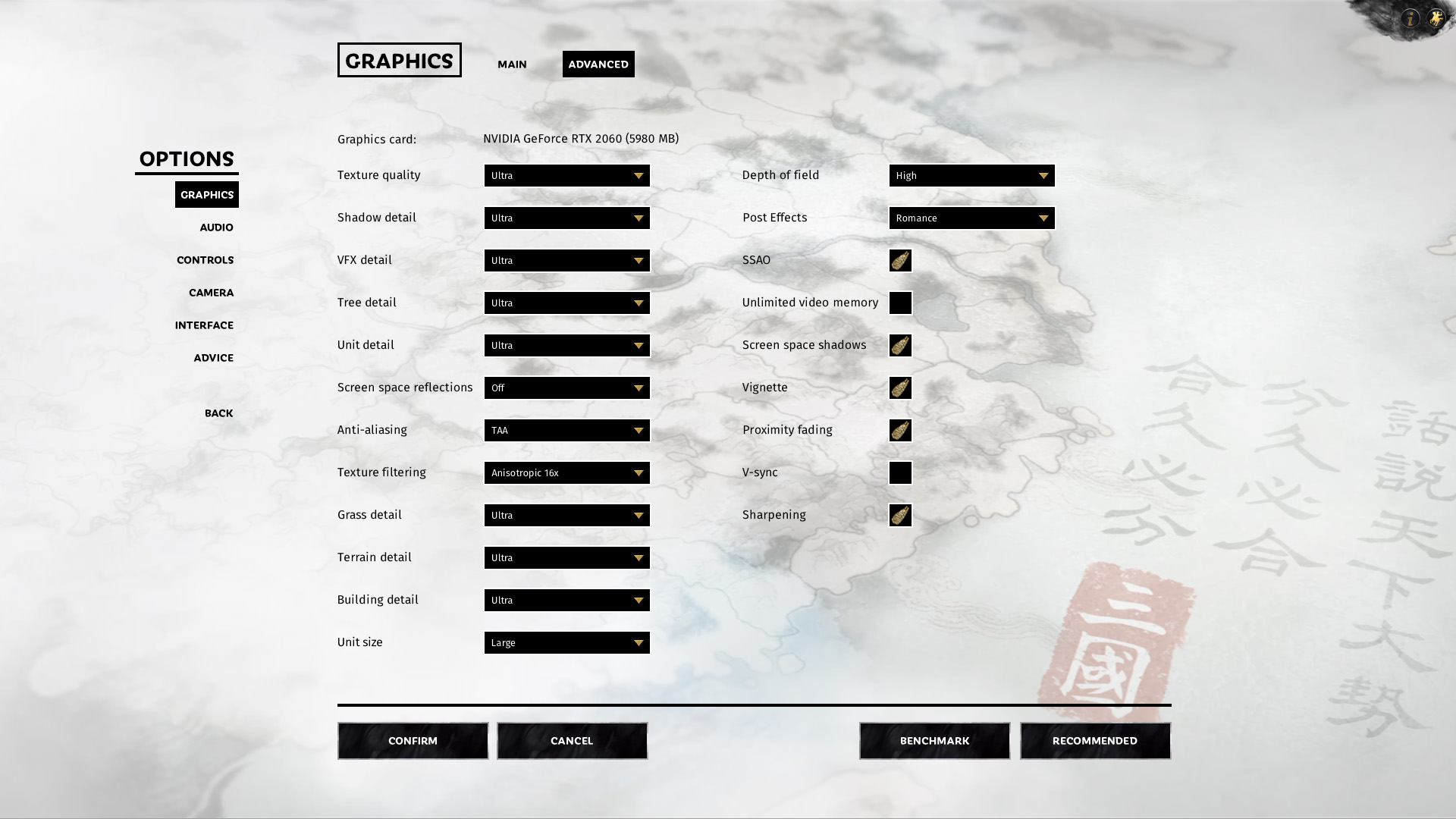- Qualcomm Launches Snapdragon 4 Gen 2 Mobile Platform
- AMD Launches Ryzen PRO 7000 Series Mobile & Desktop Platform
- Intel Launches Sleek Single-Slot Arc Pro A60 Workstation Graphics Card
- NVIDIA Announces Latest Ada Lovelace Additions: GeForce RTX 4060 Ti & RTX 4060
- Maxon Redshift With AMD Radeon GPU Rendering Support Now Available
A SUPER Sweet Spot? NVIDIA GeForce GTX 1660 SUPER Review

NVIDIA’s SUPER series of GeForce cards has reached a total of five, thanks to the recent introduction of two GTX variants. We’re taking a look at the 1660 SUPER here, with a focus on 1080p for the bulk of our testing, and up to 4K for high-FPS esports titles. Let’s see how the extra memory bandwidth is put to use!
Page 1 – A Look At GeForce 1660 SUPER & Our Test Suite
When NVIDIA launched its Turing architecture last fall, who could have foreseen how SUPER it’d become? In the summer, we saw the original GeForce RTX 2070 and RTX 2080 get replaced with faster SUPER upgrades, while the original RTX 2060 gained a SUPER complement, rather than replacement – one that commands a fifty dollar premium.
Since then, we’ve seen NVIDIA spread the SUPER butter around even more, landing on the 1650, as well as the focus of this article, the 1660. Based on the previous SUPER models, it would’ve been safe to assume that these GTX variants would add some cores to their counts, but in actuality, that only applies to one of them: GTX 1650 SUPER.
The GTX 1660 SUPER is a bit of an oddball, because it doesn’t increase the cores, or even its peak frequencies. What’s upgraded boils down to the memory, seeing a bump from GDDR5 to GDDR6, or in other words, a bandwidth boost from 192 GB/s to 336 GB/s.
Before we dive in further, here’s NVIDIA’s full GeForce lineup, for easier comparisons:
| NVIDIA’s GeForce Gaming GPU Lineup | |||||||
| Cores | Base MHz | Peak FP32 | Memory | Bandwidth | TDP | SRP | |
| TITAN RTX | 4608 | 1770 | 16.3 TFLOPS | 24GB 1 | 672 GB/s | 280W | $2,499 |
| RTX 2080 Ti | 4352 | 1350 | 13.4 TFLOPS | 11GB 1 | 616 GB/s | 250W | $999 |
| RTX 2080S | 3072 | 1650 | 11.1 TFLOPS | 8GB 1 | 496 GB/s | 250W | $699 |
| RTX 2070S | 2560 | 1605 | 9.1 TFLOPS | 8GB 1 | 448 GB/s | 215W | $499 |
| RTX 2060S | 2176 | 1470 | 7.2 TFLOPS | 8GB 1 | 448 GB/s | 175W | $399 |
| RTX 2060 | 1920 | 1680 | 6.4 TFLOPS | 6GB 1 | 336 GB/s | 160W | $349 |
| GTX 1660 Ti | 1536 | 1500 | 5.5 TFLOPS | 6GB 1 | 288 GB/s | 120W | $279 |
| GTX 1660S | 1408 | 1530 | 5.0 TFLOPS | 6GB 1 | 336 GB/s | 125W | $229 |
| GTX 1660 | 1408 | 1530 | 5.0 TFLOPS | 6GB 3 | 192 GB/s | 120W | $219 |
| GTX 1650S | 1280 | 1530 | 4.4 TFLOPS | 4GB 1 | 128 GB/s | 75W | $??? |
| GTX 1650 | 896 | 1485 | 3.0 TFLOPS | 4GB 1 | 128 GB/s | 75W | $149 |
| Notes | 1 GDDR6; 2 GDDR5X; 3 GDDR5; 4 HBM2 Architecture: GTX & TITAN = Pascal; RTX = Turing |
||||||
It’s not too often we see a release like this, where only the memory has been upgraded, but it’s definitely happened before. It does make you wonder exactly how memory-dependent, or rather, memory-starved, games at the intended detail levels and resolutions will be – so this is a fun one to test. To make the move from a regular 1660 to SUPER is $10, or $229 SRP.
As with all of NVIDIA’s GeForce cards, this GTX 1660 SUPER supports the mainstay GeForce features, such as GeForce Experience, ShadowPlay, GameStream, Ansel, FreeStyle, and so on. What the card doesn’t support is the RTX technologies, as its GTX name would imply. That means that accelerated ray tracing is missing, something that’d require a step up to at least the RTX 2060 to rectify.
There’s really not too much else worth mentioning, as this is a pretty standard fare launch. Interestingly, the model we received from NVIDIA is of GIGABYTE’s, a simply named (and stock-clocked) card that is identical to the original 1660 we have, in terms of the PCB, clocks, and cooler solution. So, this really will be a good apples-to-apples test.
A Look At Test Methodology
| Techgage Gaming GPU Test PC | |
| Processor | Intel Core i9-9900KS (4.0GHz Base, 5.0GHz Turbo, 8C/16T) |
| Motherboard | ASUS ROG STRIX Z390-E GAMING CPU tested with BIOS 1302 (September 20, 2019) |
| Memory | G.SKILL TridentZ Royal (F4-3600C16-8GTRG) 8GB x 2 Operates at DDR4-3600 16-16-16 (1.35V) |
| AMD Graphics | AMD Radeon RX 5700 XT (8GB; Adrenaline 19.11.3) AMD Radeon RX 5700 (8GB; Adrenaline 19.11.3) AMD Radeon RX 590 (8GB; Adrenaline 19.11.3) |
| NVIDIA Graphics | NVIDIA GeForce RTX 2060 SUPER (8GB; GeForce 441.34) NVIDIA GeForce RTX 2060 (6GB; GeForce 441.34) NVIDIA GeForce RTX 1660 Ti (6GB; GeForce 441.34) NVIDIA GeForce RTX 1660 SUPER (6GB; GeForce 441.34) NVIDIA GeForce RTX 1660 (6GB; GeForce 441.34) |
| Storage | GeForce: WD Blue 3D NAND 1TB (SATA 6Gbps) Radeon: Kingston SSDNow V310 960GB (SATA 6Gbps) |
| Power Supply | Corsair RM650x (650W) |
| Chassis | NZXT S340 Elite Mid-tower |
| Cooling | Corsair Hydro H100i V2 AIO Liquid Cooler (240mm) |
| Et cetera | Windows 10 Pro (64-bit; 1909) |
All of the GPUs have been tested with current (as of the time the round of testing began) drivers, and with an up-to-date Windows 10 (1909). Our operating system is kept clean and optimized to reduce benchmark interference, ensuring accurate results. V-Sync, G-SYNC, and FreeSync are disabled at the monitor and driver level. Both Intel’s chipset driver and Management Engine (ME) are updated to the latest versions.
Games Tested & Vendor Neutrality
A total of ten games are included in our current test suite. These include Tom Clancy’s Rainbow Six: Siege and Counter-Strike: Global Offensive for some super-high FPS eSports testing, as well as Far Cry 5, F1 2019, Monster Hunter: World, Metro Exodus, Shadow of the Tomb Raider, The Division 2, and Total War: Three Kingdoms.
We passed over Battlefield V for this round, since we had stuttery performance on the first GPU we tested (not the 1660 SUPER), so in the interest of time, we just chalked it up as a loss, and moved on. In addition to our game suite, the end of the review is augmented with some synthetic benchmarks.
Here’s the full list of games tested, and developer allegiances:
- Battlefield V
- Counter-Strike: Global Offensive
- F1 2019
- Far Cry 5 – AMD partner
- Metro Exodus – NVIDIA partner
- Monster Hunter World
- Shadow of the Tomb Raider – NVIDIA partner
- Tom Clancy’s Rainbow Six: Siege – NVIDIA partner
- Tom Clancy’s The Division 2 – AMD partner
- Total War: Three Kingdoms
- UL 3DMark & VRMark
- Unigine Superposition
Note: You can download all of the tested setting images at once here (ZIP, 7MB).
Because our time has been dominated by all sorts of benchmarking, we’ve skipped percentile tests for this review because they add a lot of extra hands-on time to get right. That said, we have lots of results in general to share, focused around 1080p resolution. We’ve also tossed 1440p and 4K performance for CS: GO and Siege to see how the 1660 SUPER fares in high-FPS esports gaming.
Support our efforts! With ad revenue at an all-time low for written websites, we're relying more than ever on reader support to help us continue putting so much effort into this type of content. You can support us by becoming a Patron, or by using our Amazon shopping affiliate links listed through our articles. Thanks for your support!




